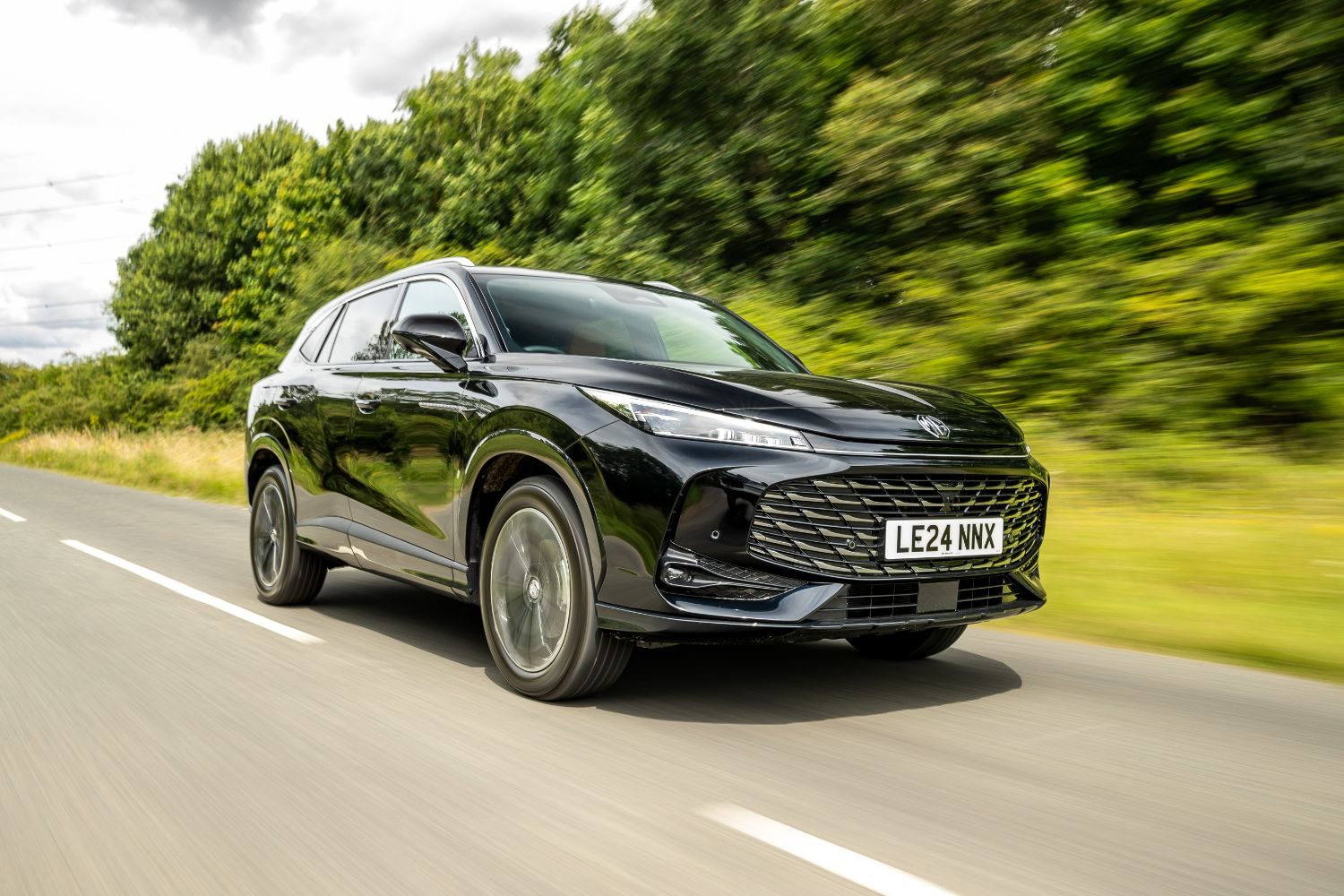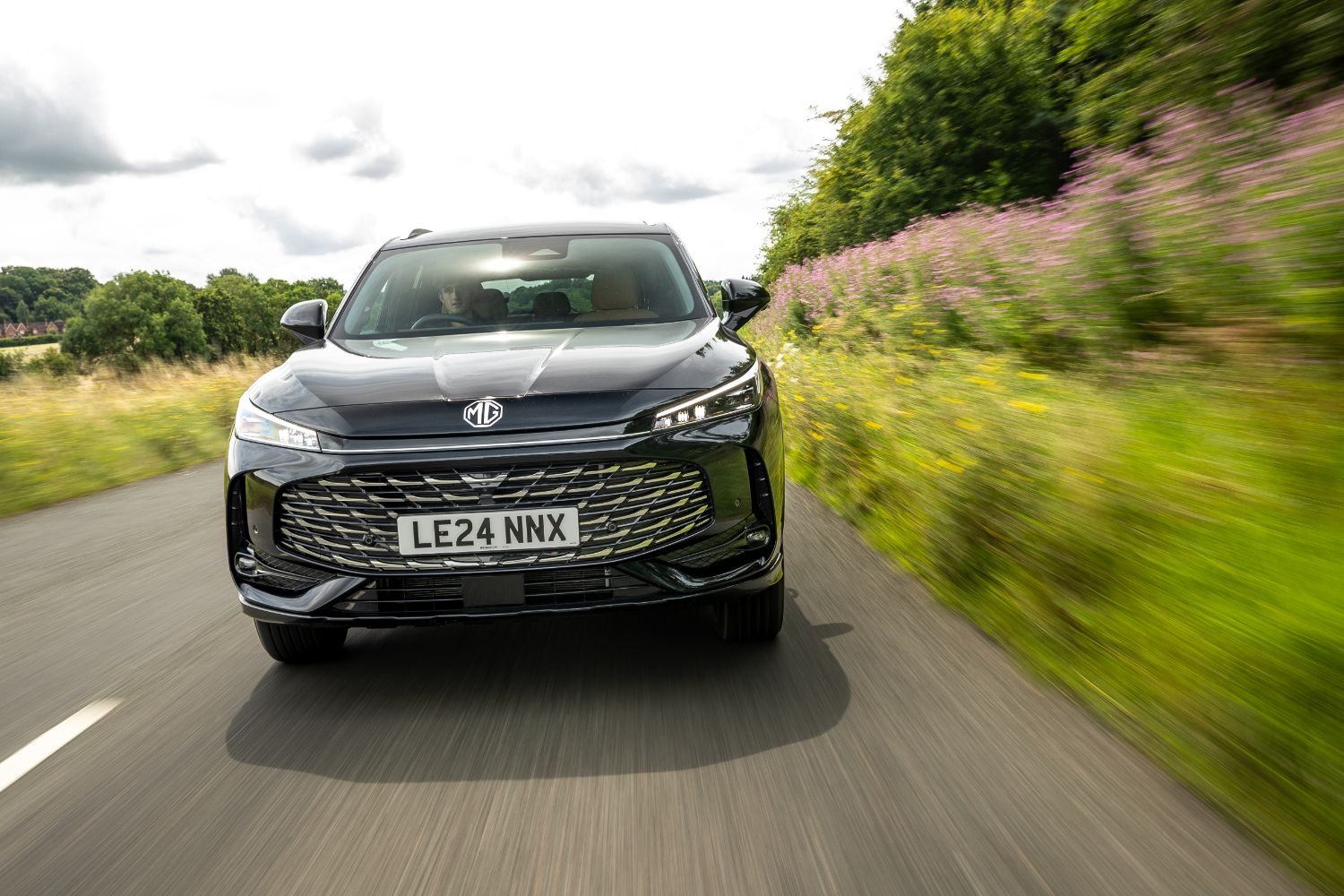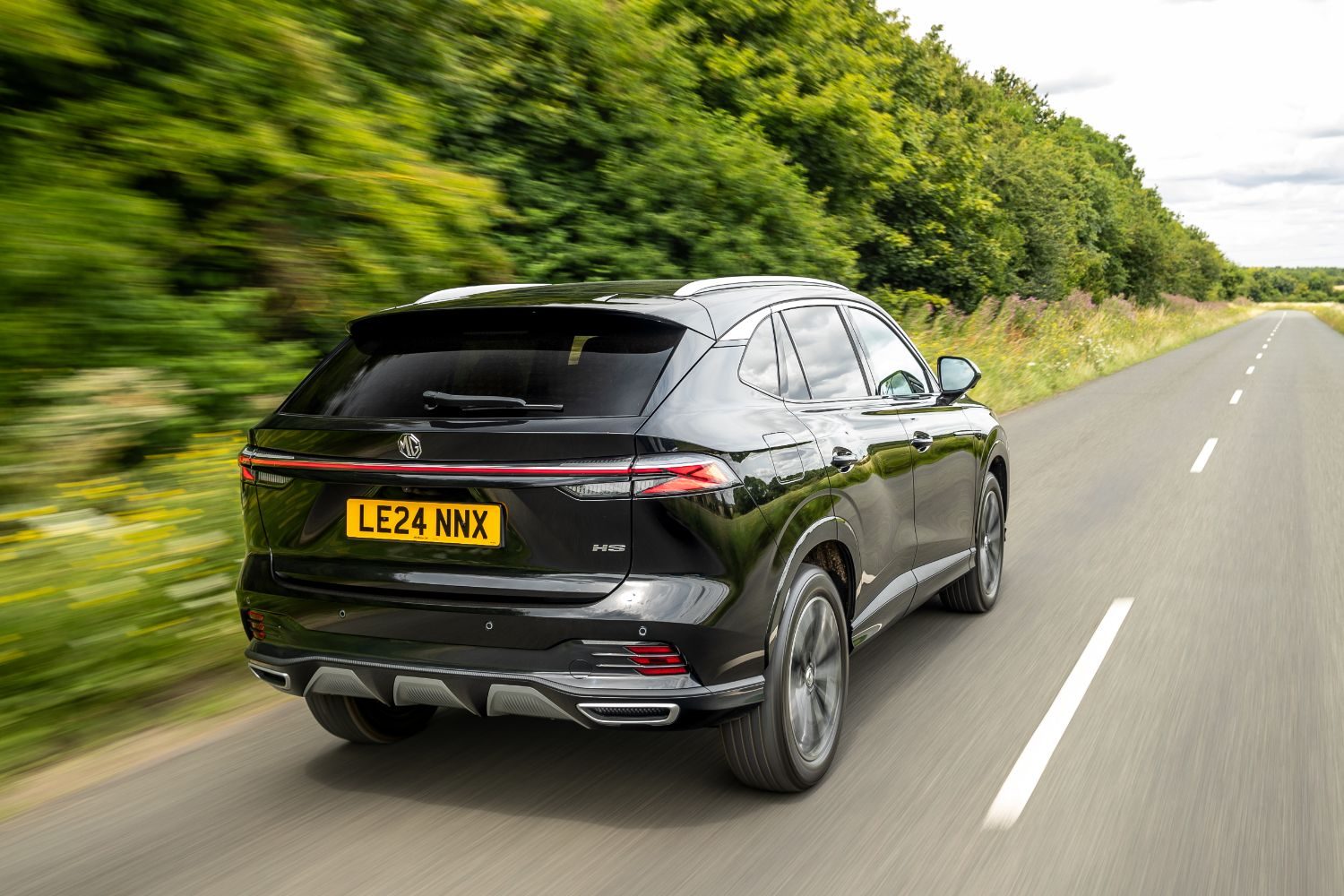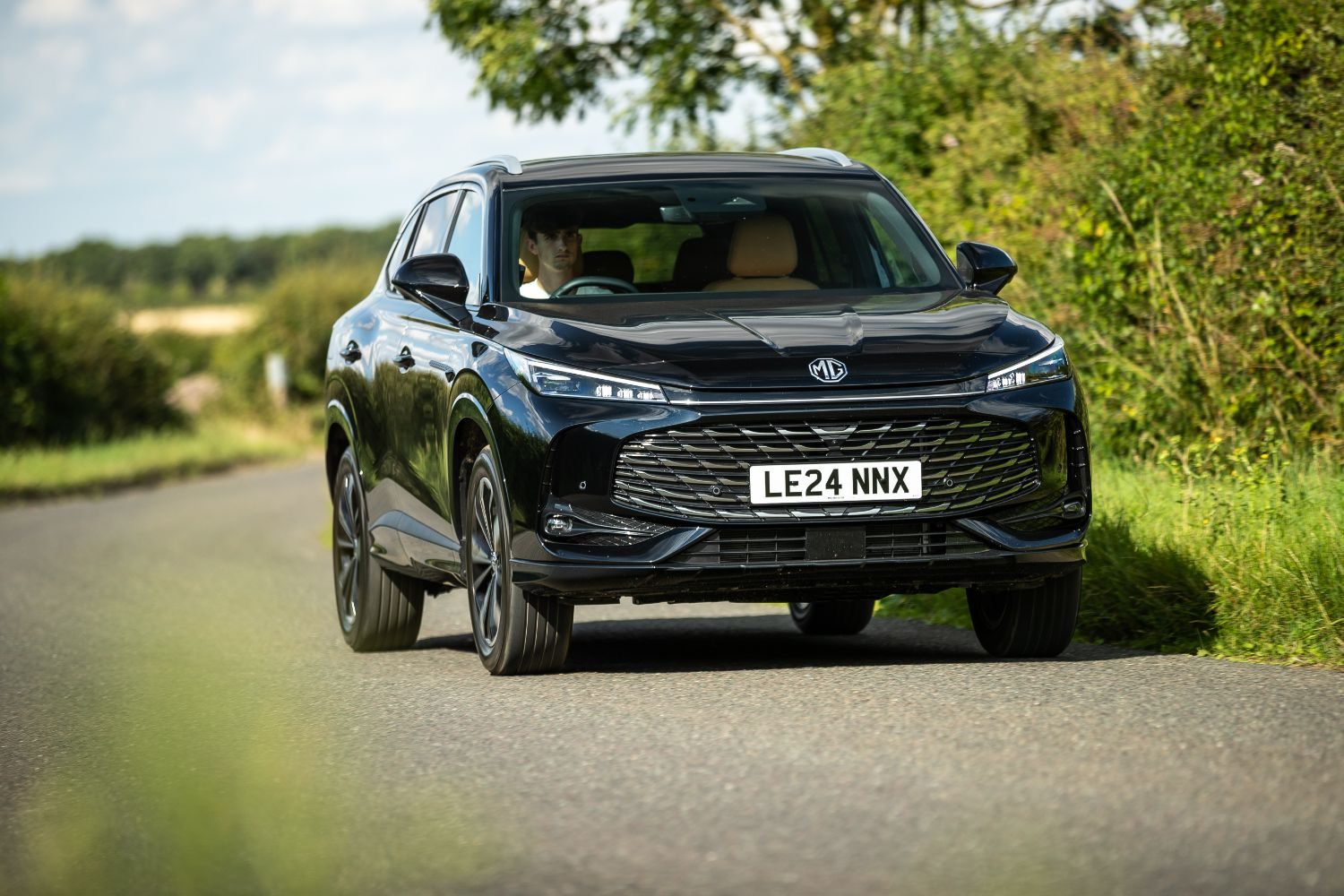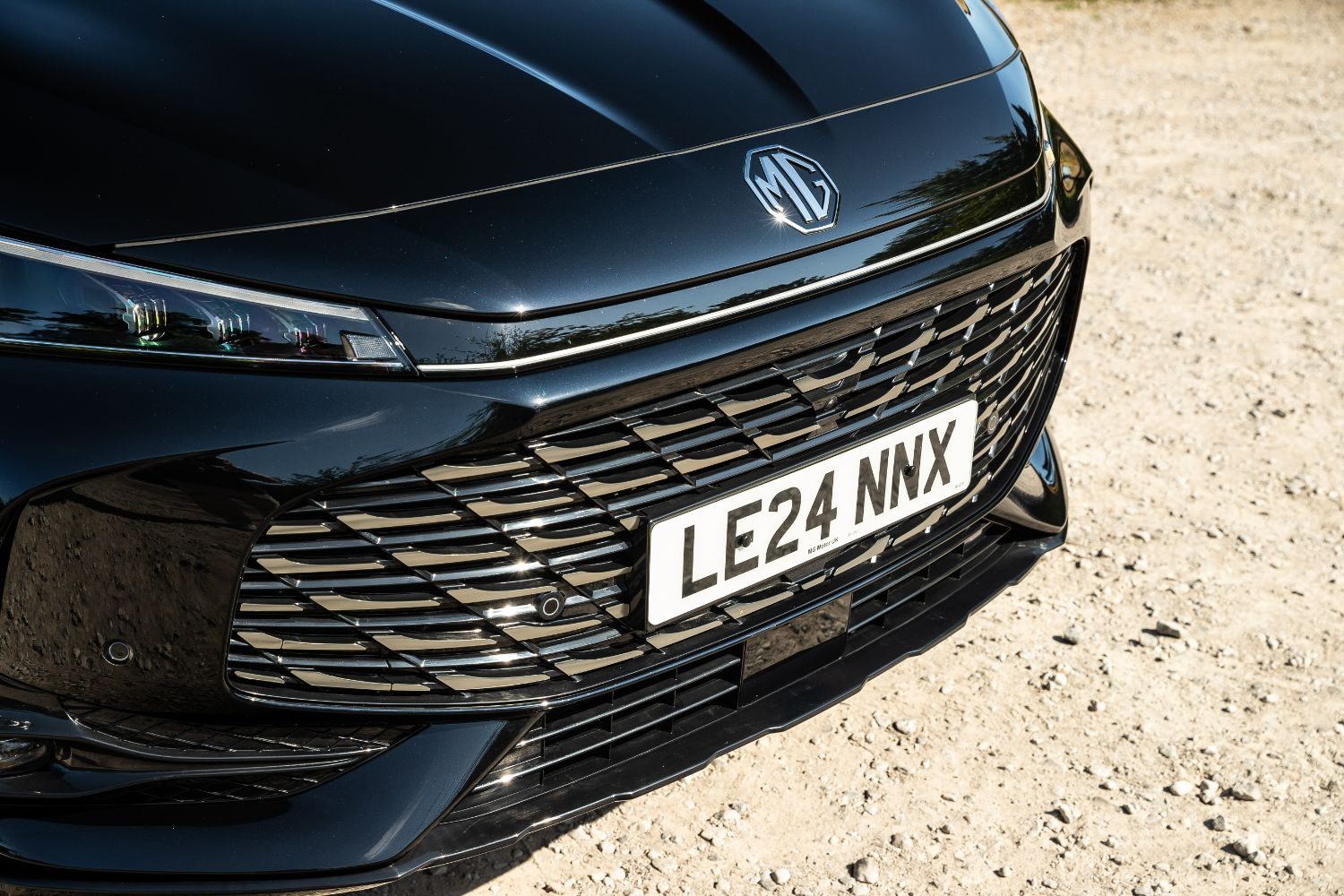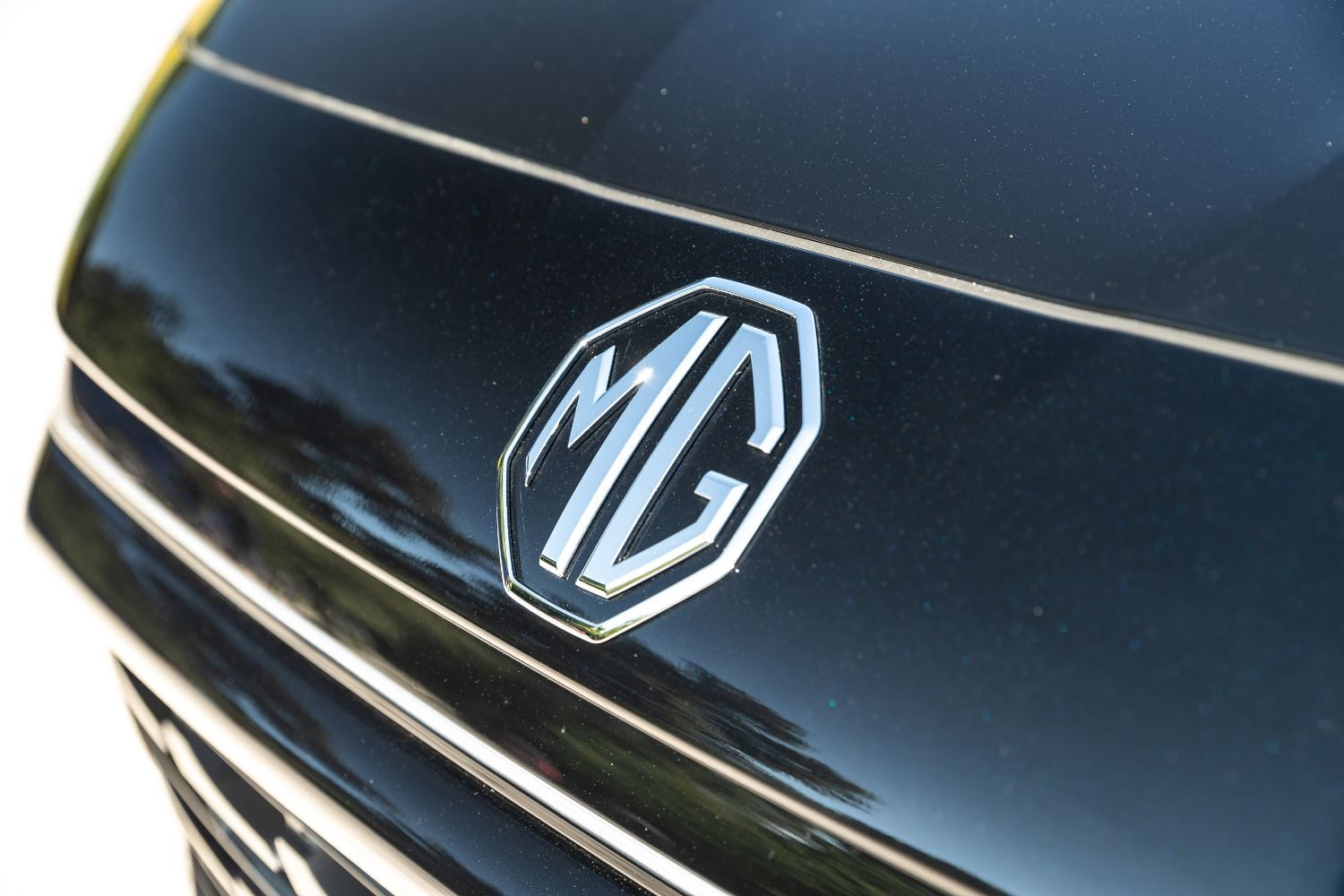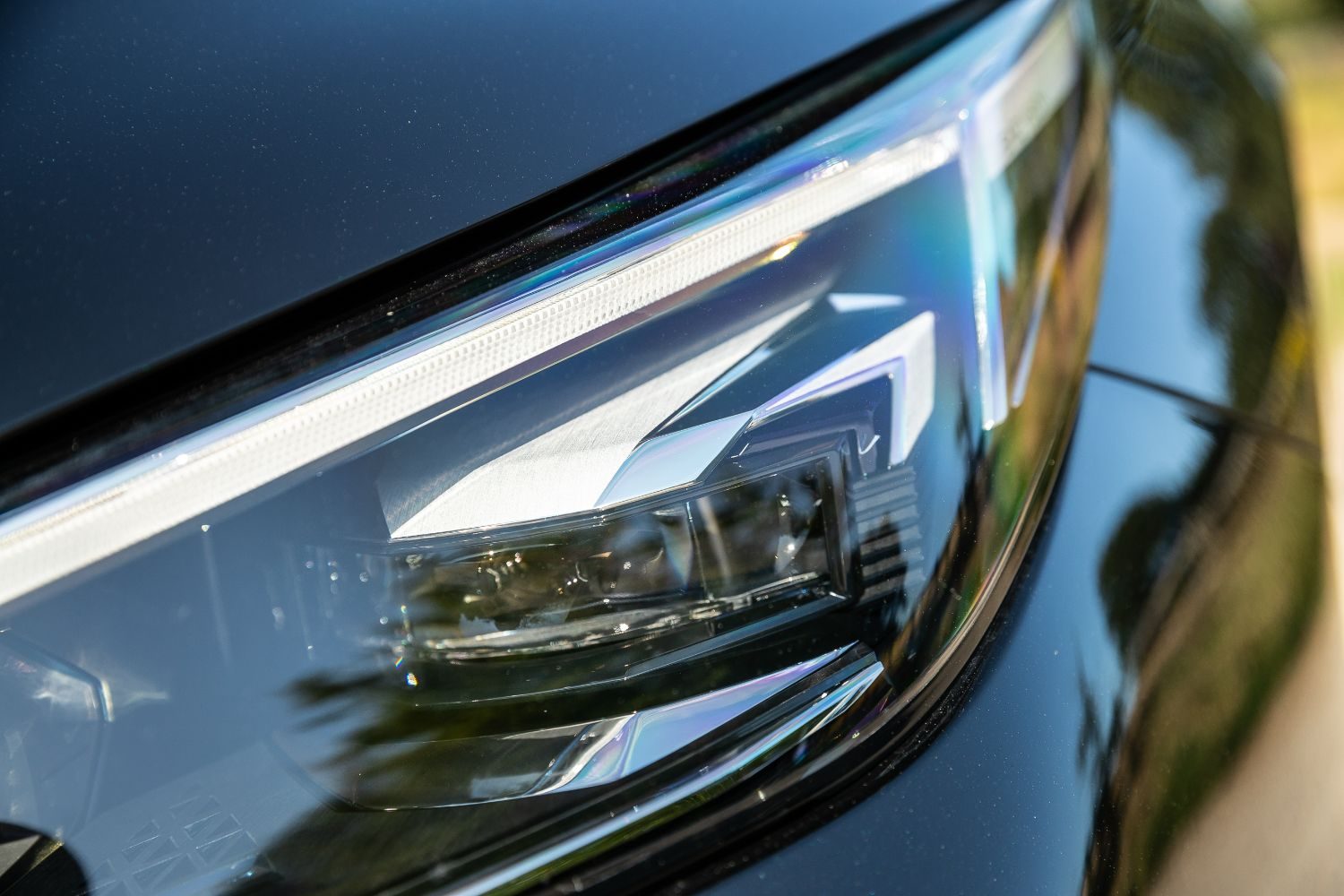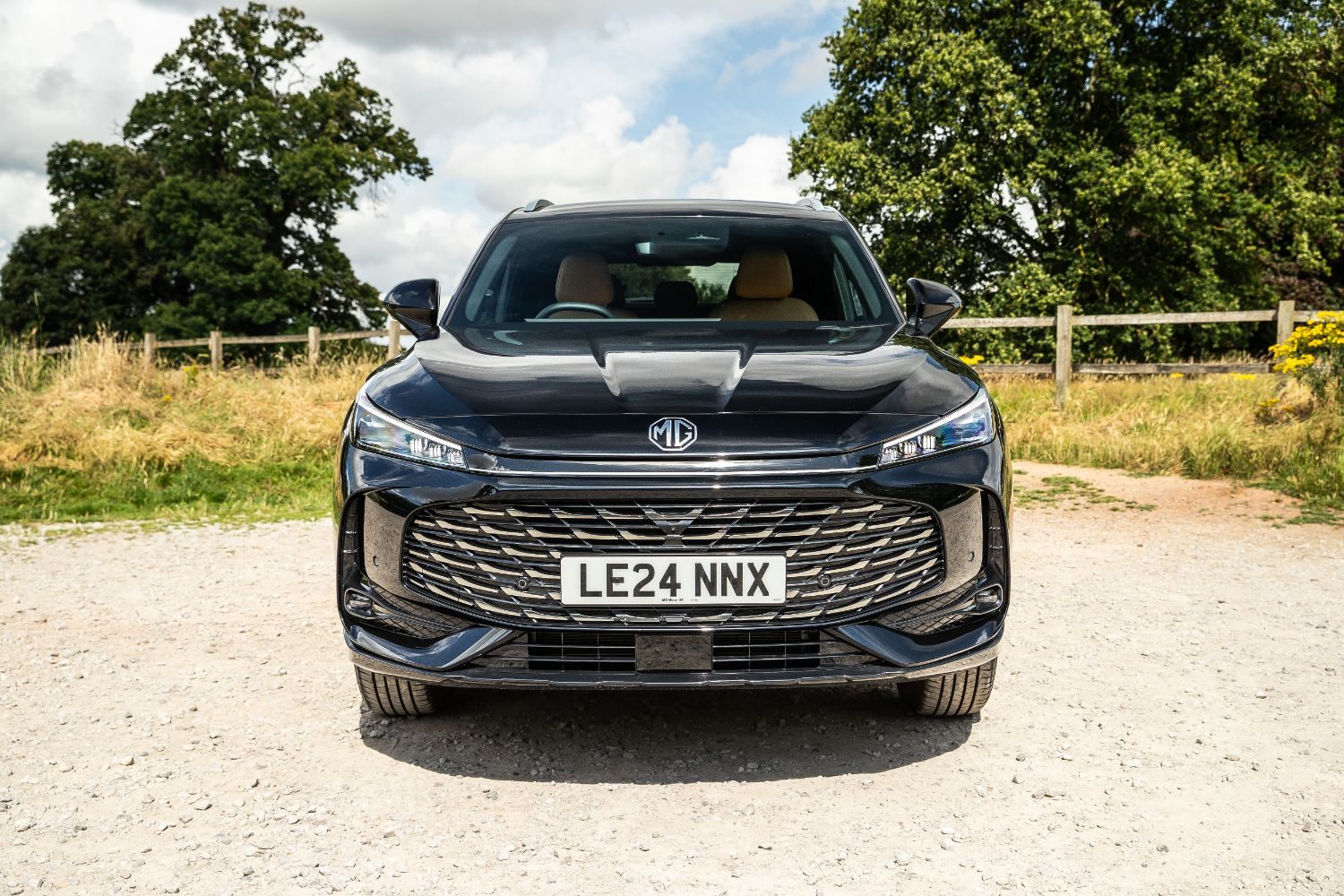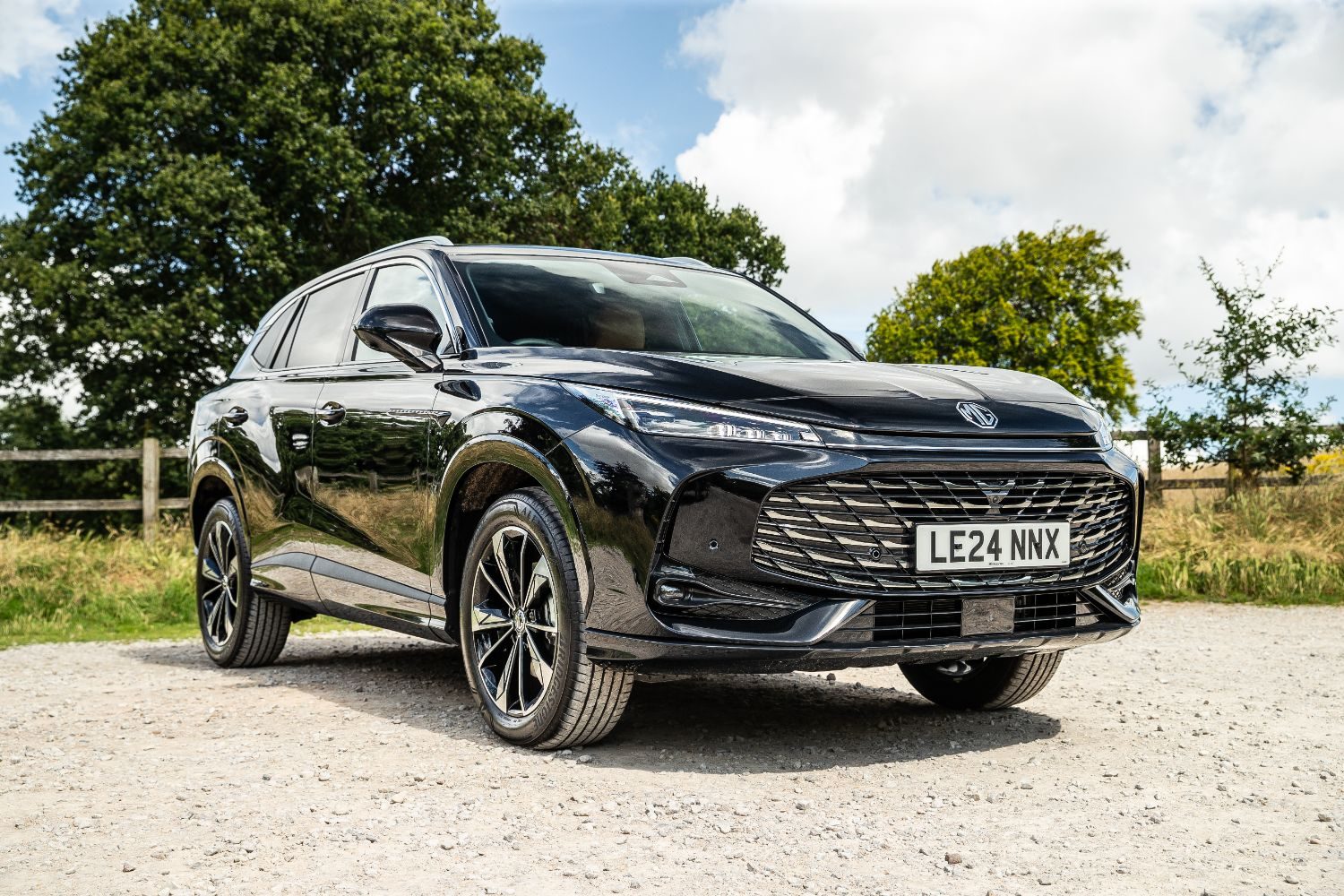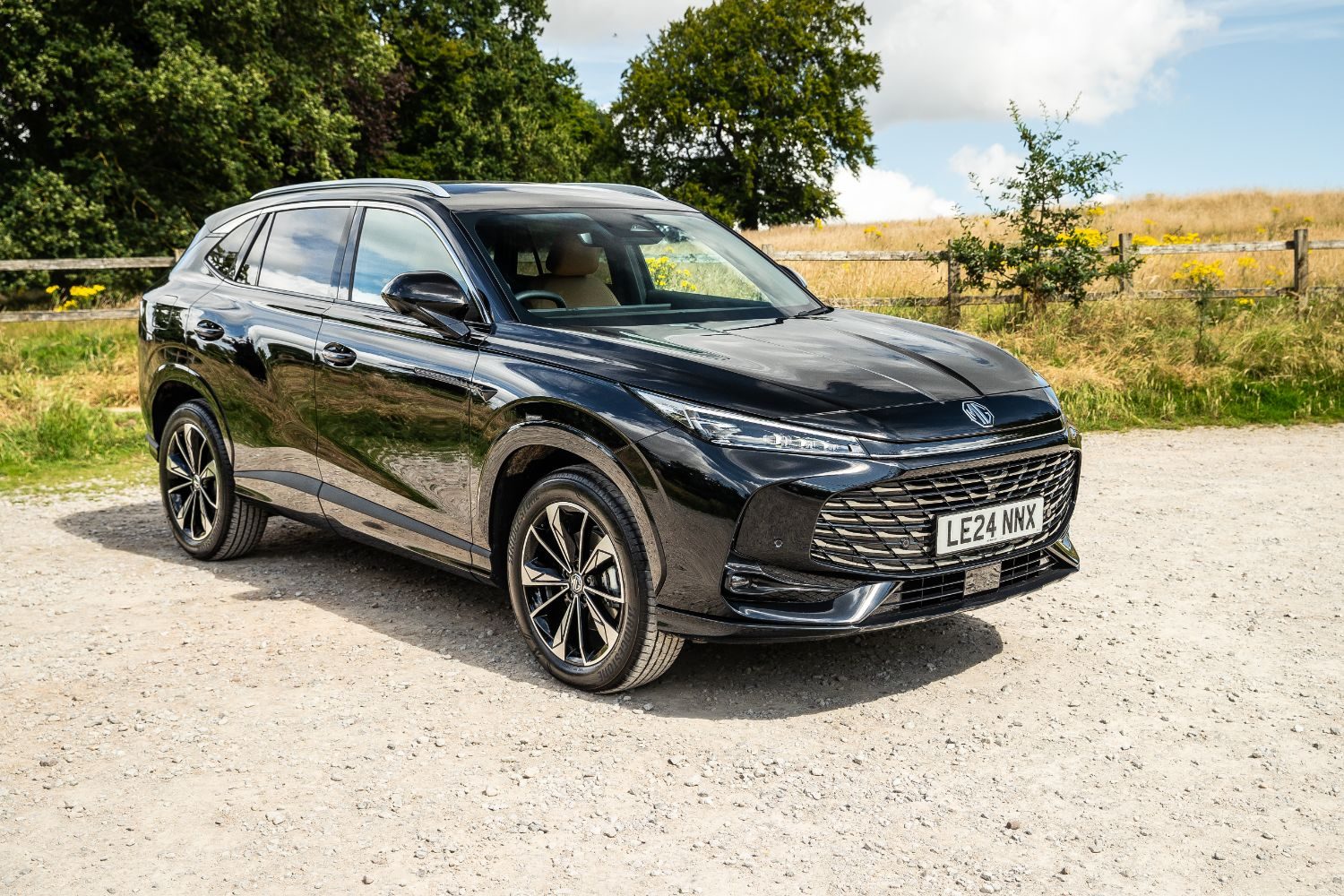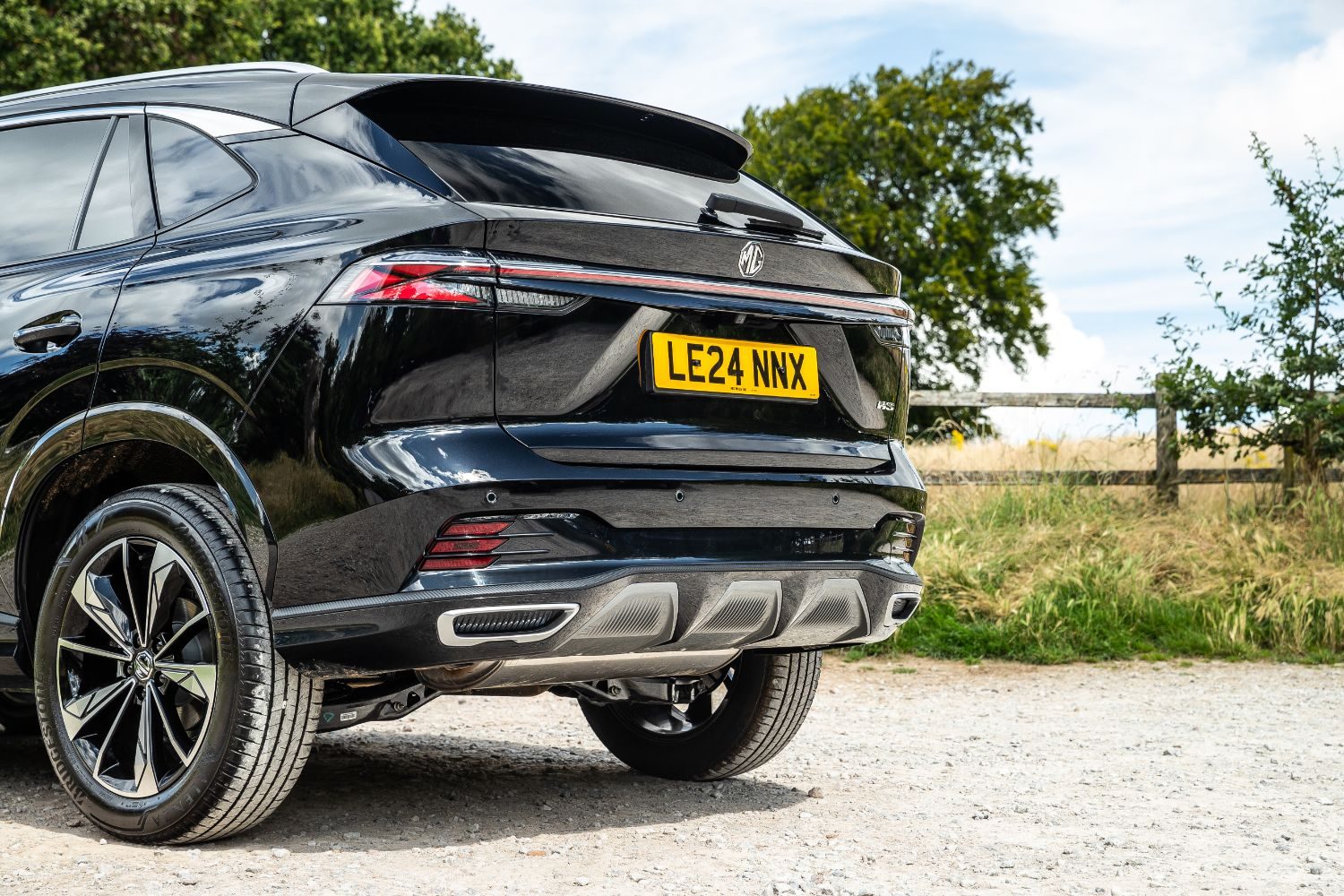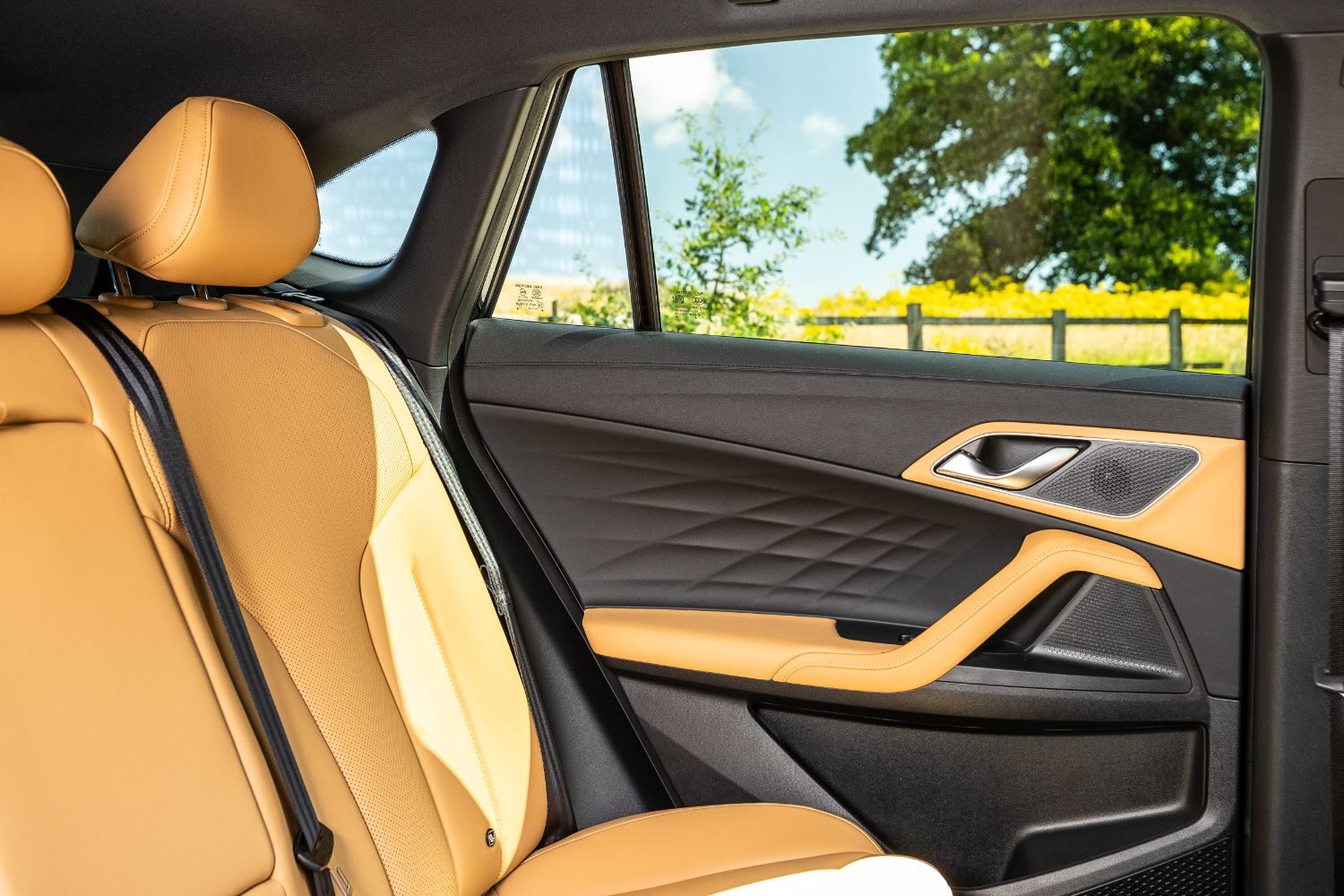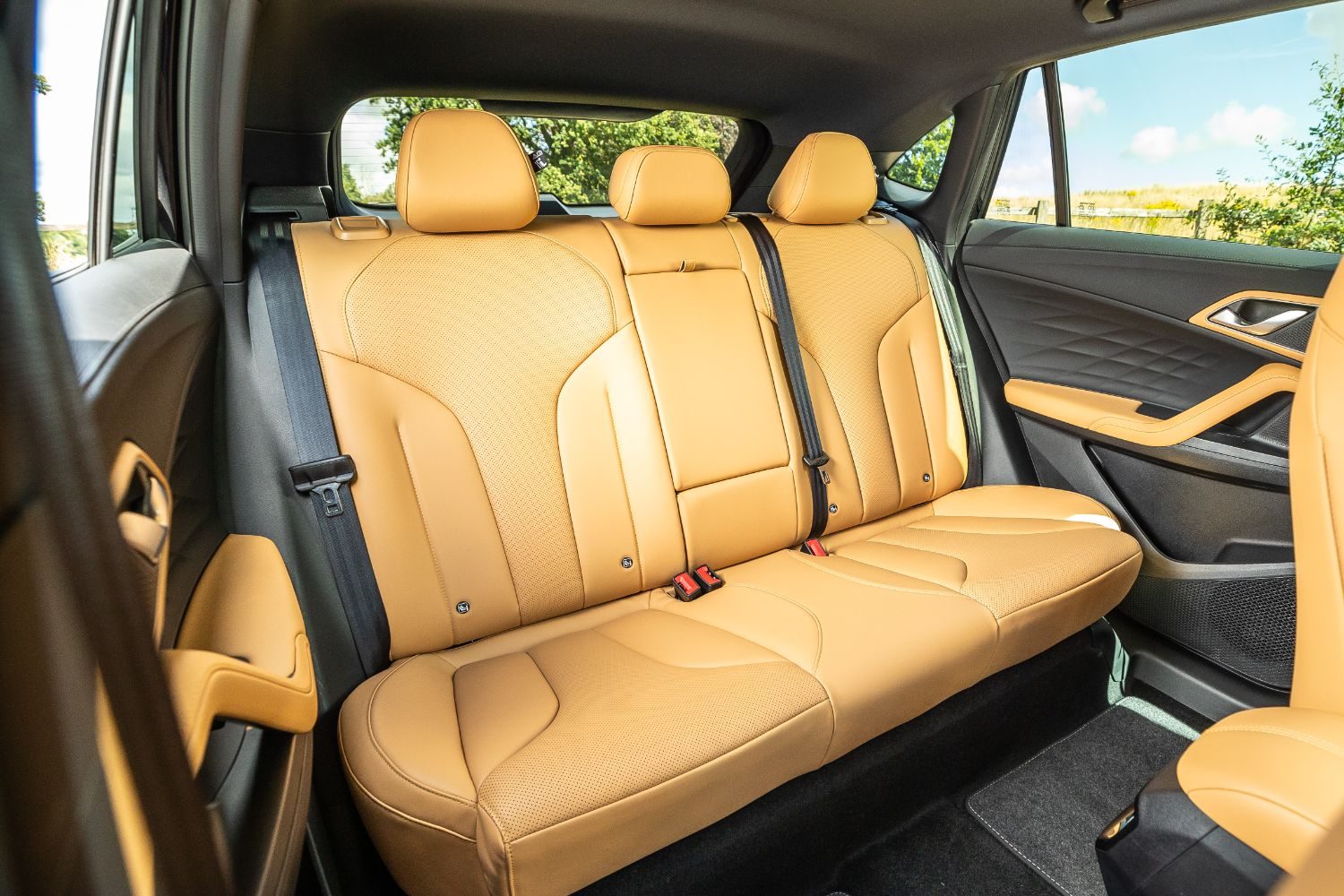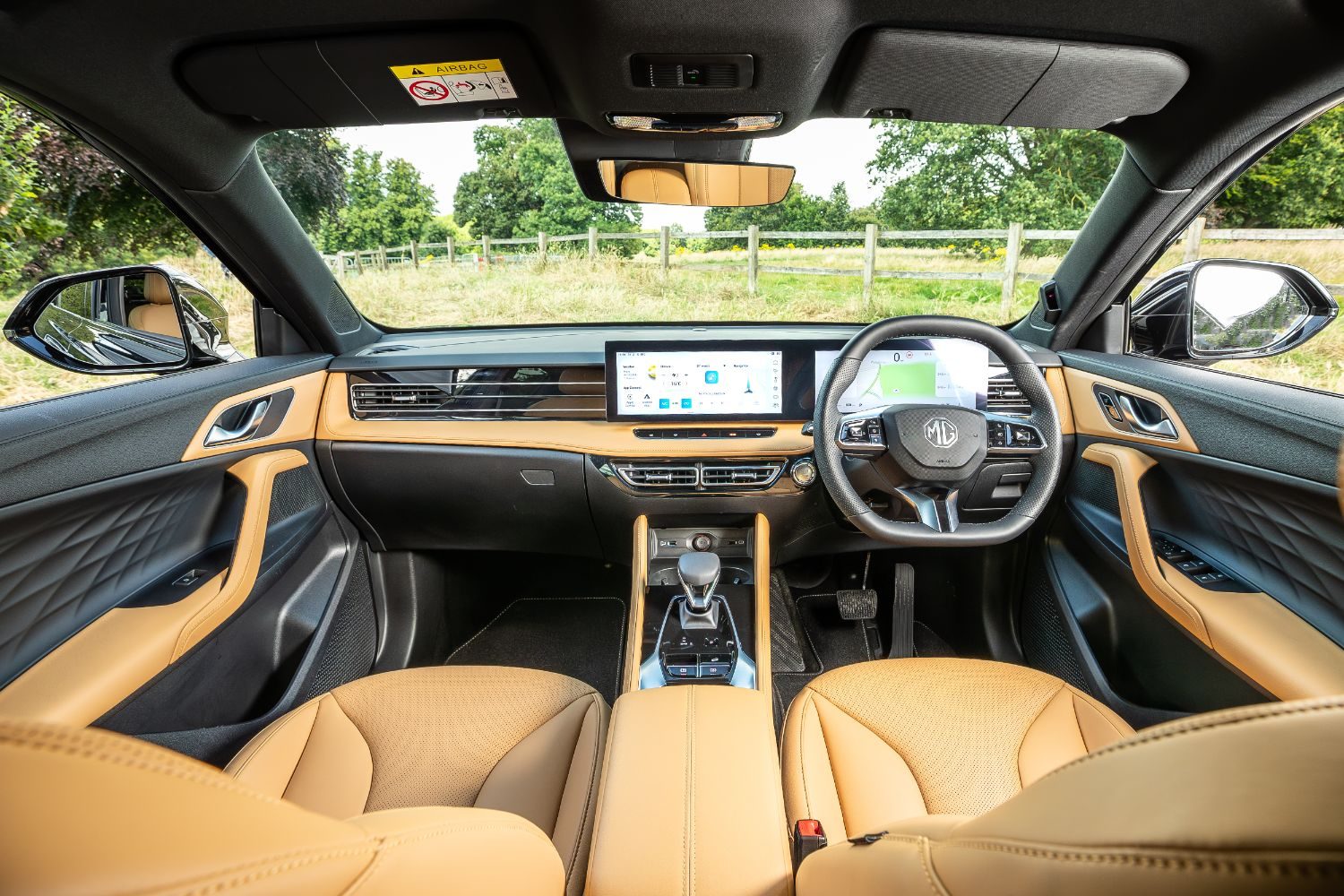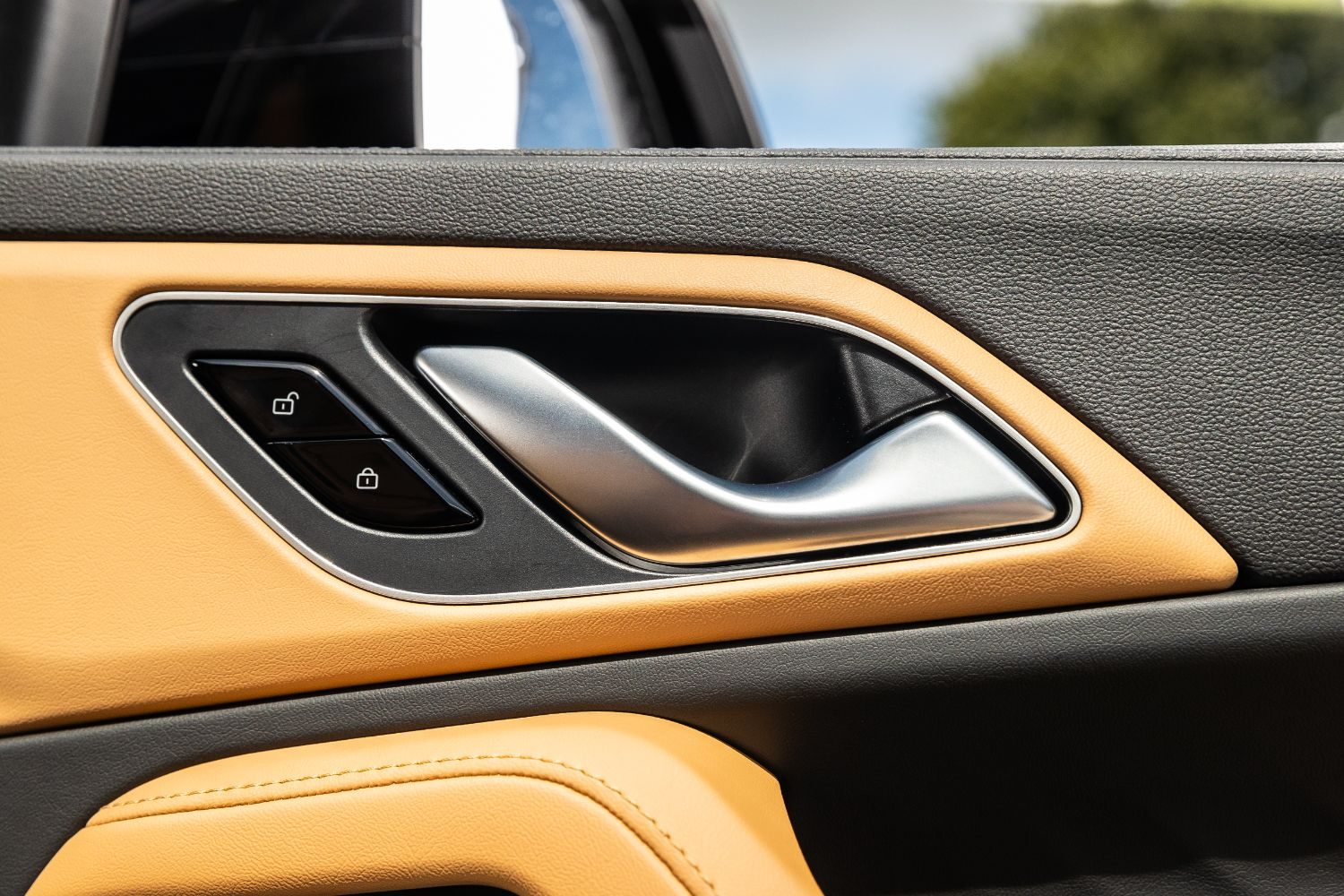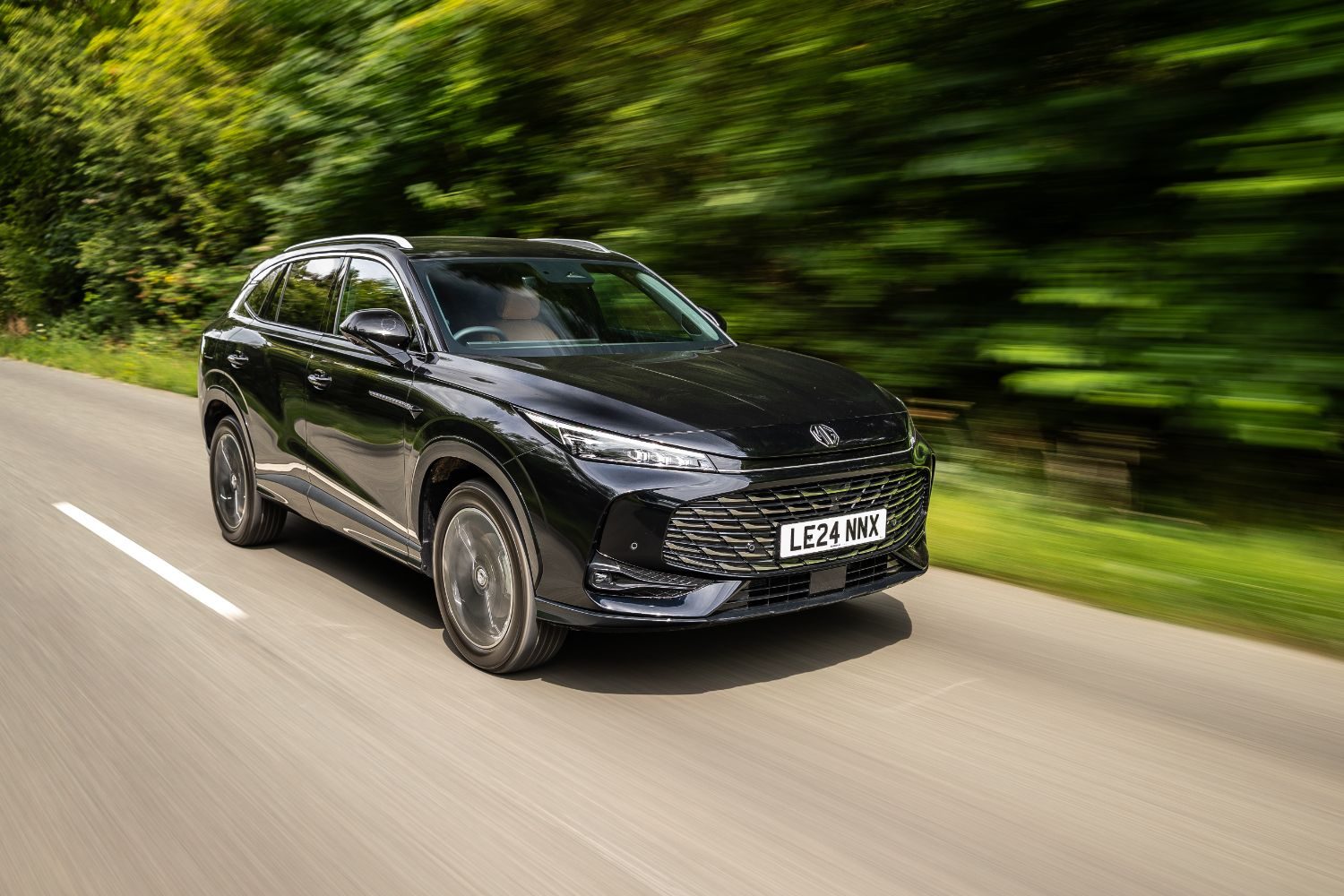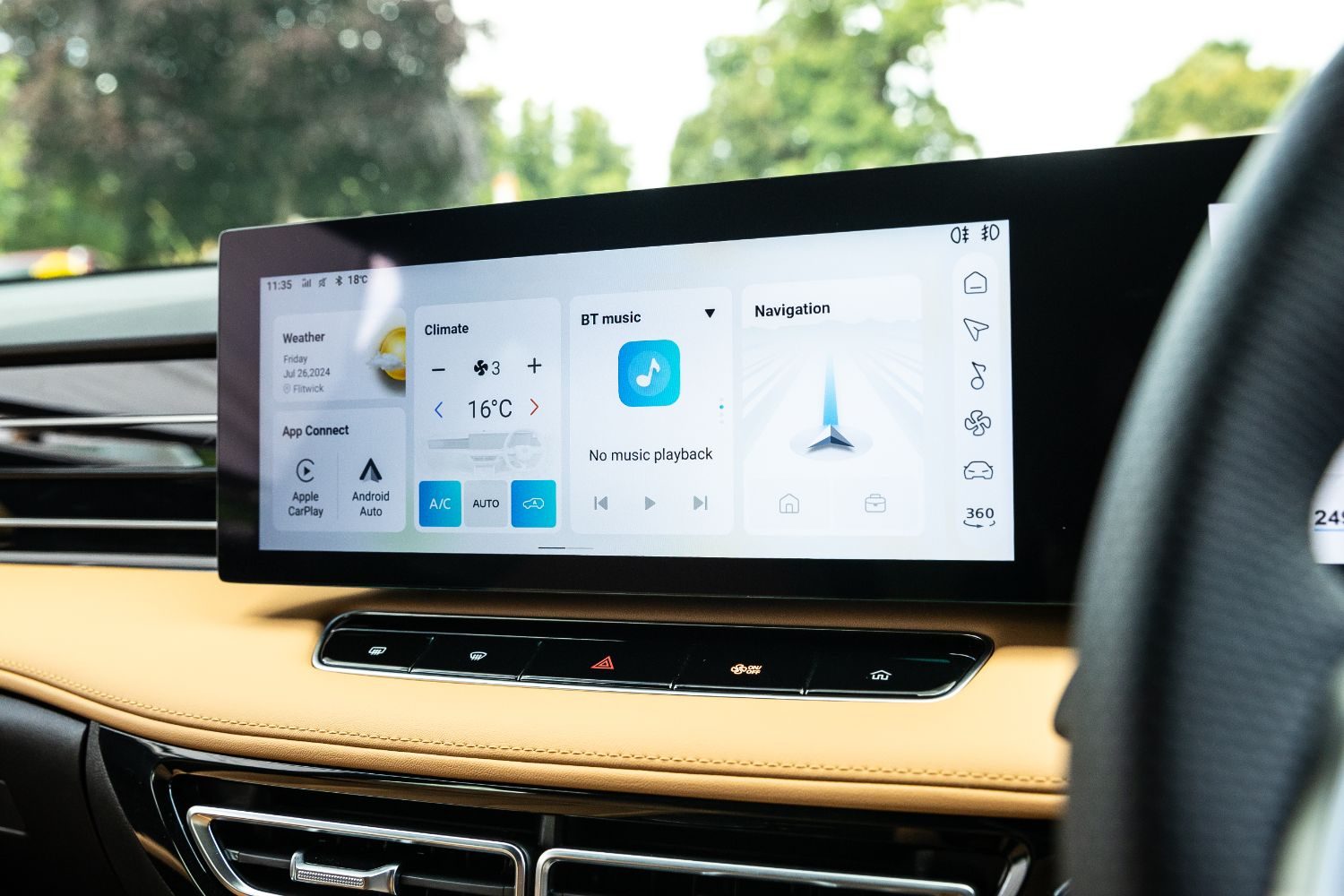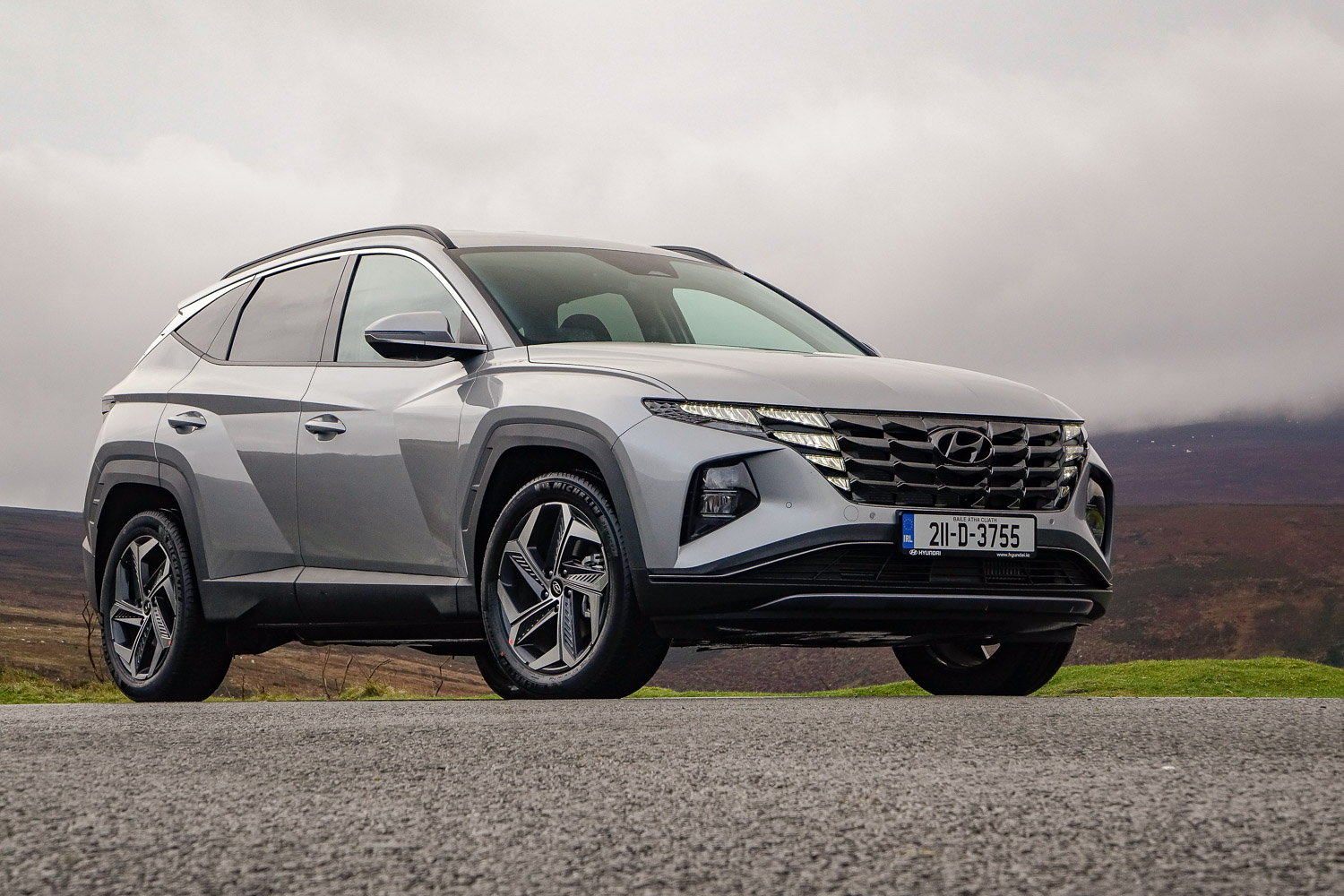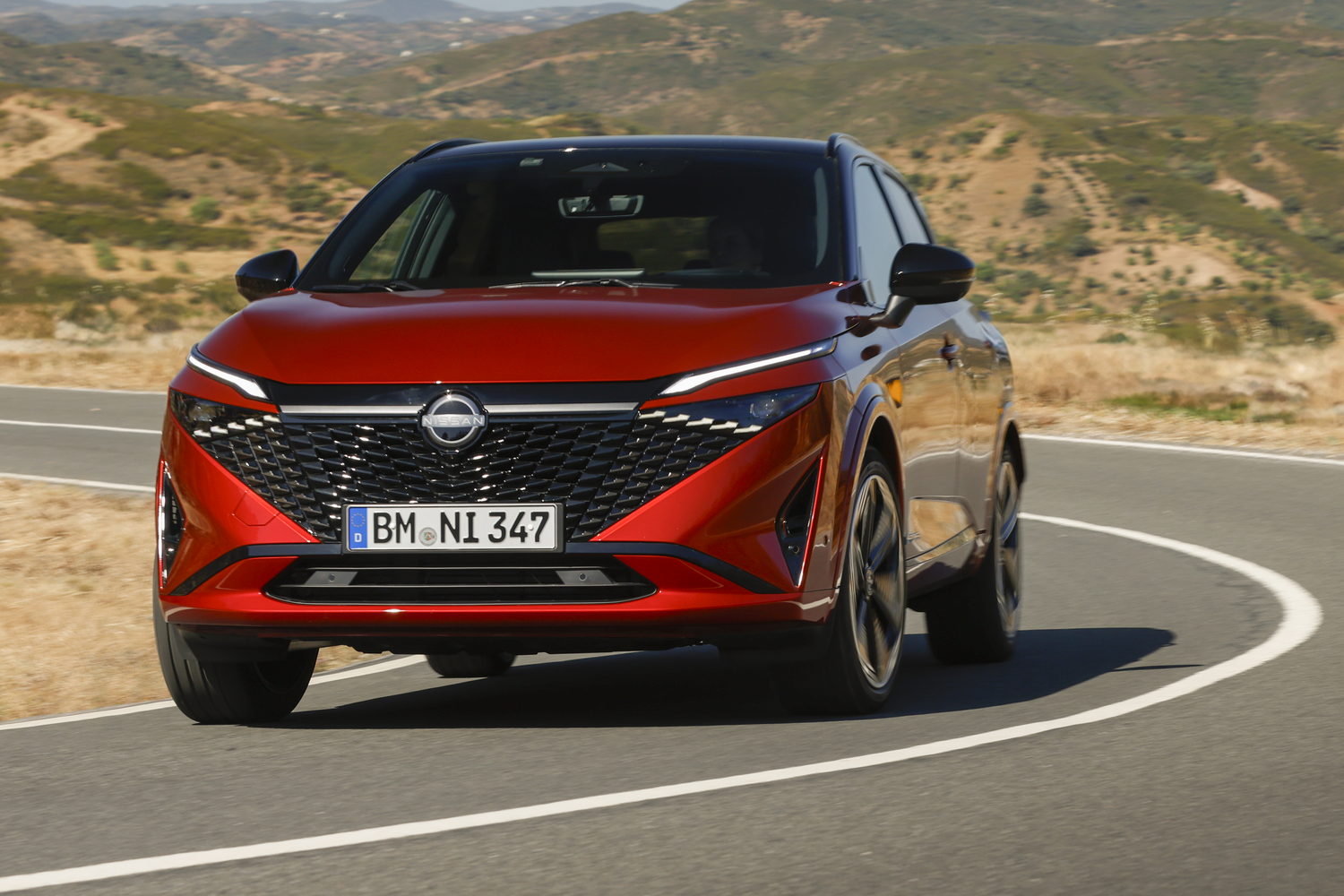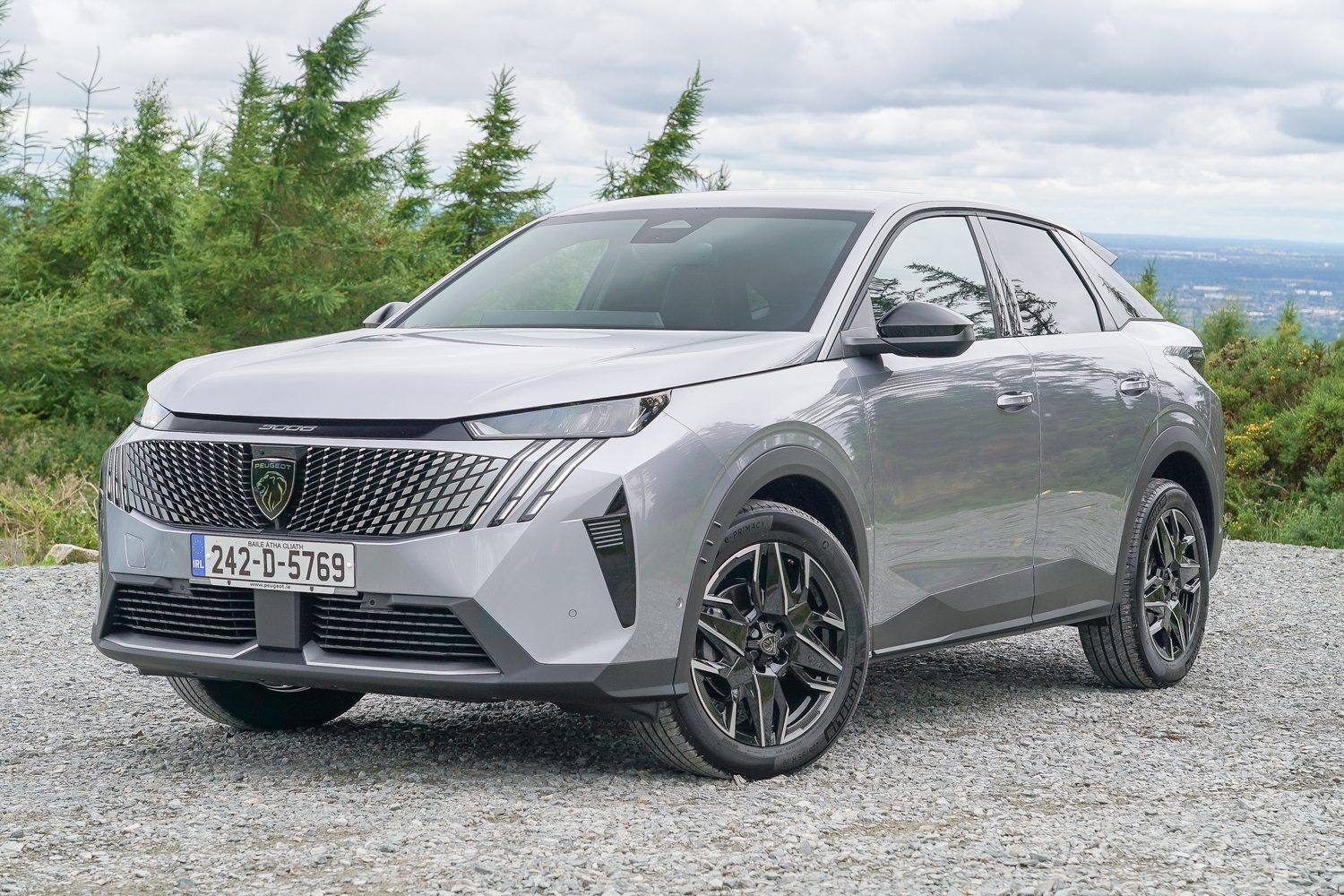MG is a manufacturer which has built its modern-era name on being great value for money, even if some of its products haven’t been the most refined or most innovative of vehicles. However, the recent MG 4, MG 3 Hybrid+ and Cyberster electric roadster have shown that the company is no longer satisfied with being a bargain-basement alternative to the mainstream elite, so now it’s time for the HS family SUV to evolve into its second generation.
The original could never truly challenge the likes of the Nissan Qashqai, Kia Sportage, Hyundai Tucson and Ford Kuga for sheer quality and the overall sophistication of the driving experience, so can this sharp-suited newcomer change all that - without significantly changing the asking price in the process? We took an early drive in a pre-production prototype in the UK ahead of its Irish launch for early 2025.
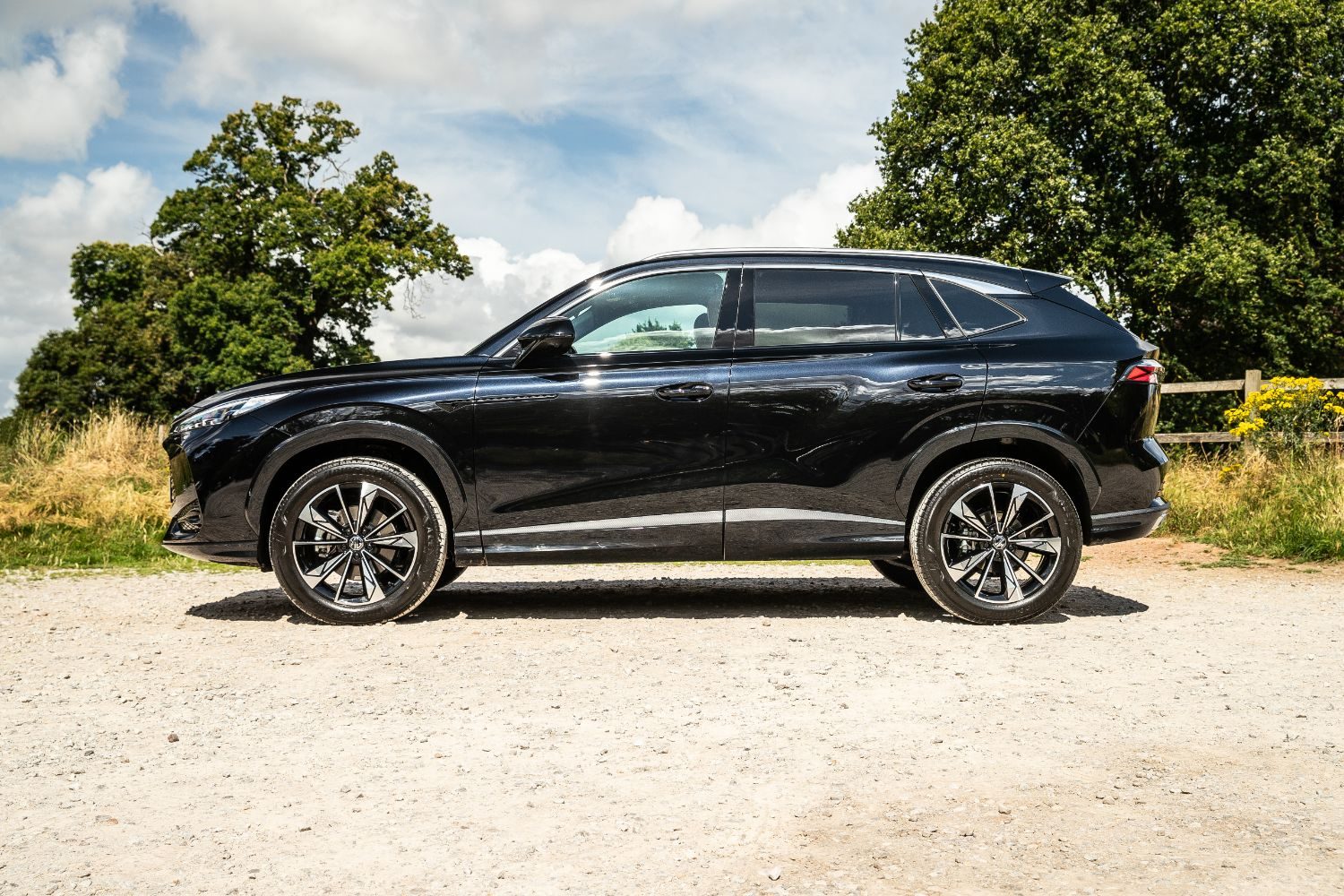
What’s does the new MG HS look like?
The MG HS is a much sleeker, less anonymous thing than its immediate predecessor, although we’d stop short of saying it’s truly great looking. That said, with angular styling and a fashionable full-width light strip at the back - the feature echoed by a ‘dummy’ pinstripe on the black panel linking the hawkish headlights - the HS has a far nicer, more modern aesthetic than the old one and certainly won’t put buyers off on pure kerb appeal, for sure.
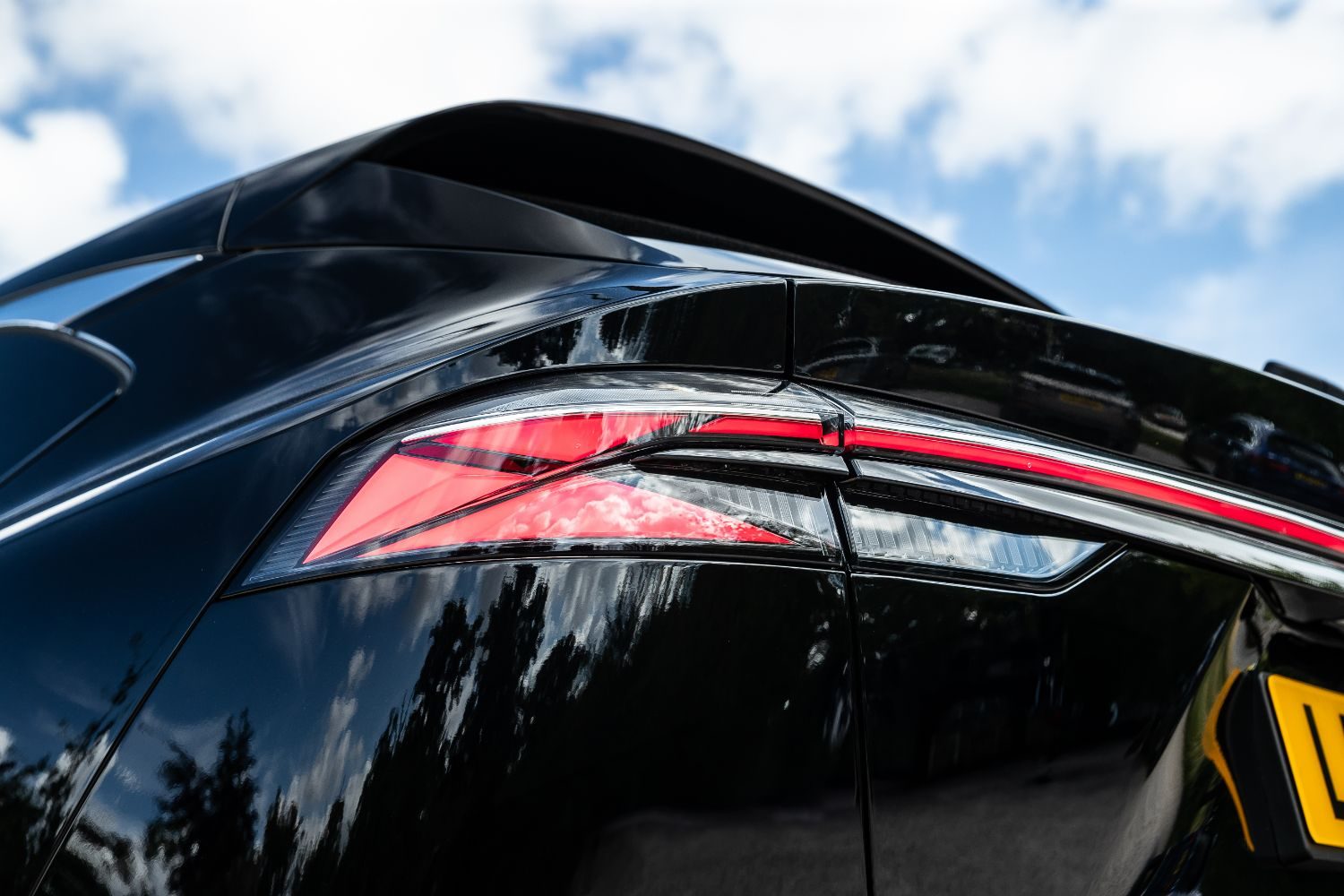
A look inside the MG HS
There is absolutely no doubting the fact the interior of the MG HS is a huge improvement over the original, with a real upturn in the quality of fixtures and fittings. Higher-spec models have leather upholstery, which feels of a suitably high standard, while a new optional, tan-coloured finish really lifts the ambience of the passenger compartment. Yet it’s little flourishes like the diamond detailing in the door cards, the feel of the main touchpoints such as the steering wheel, column stalks and gear lever, and the general solidity of the way everything is bolted together which thoroughly convinces. Perhaps the slightly too-squishy front seats could do with a tad more support, but a good, tall driving position and excellent visibility out in all directions help matters for the HS no end.
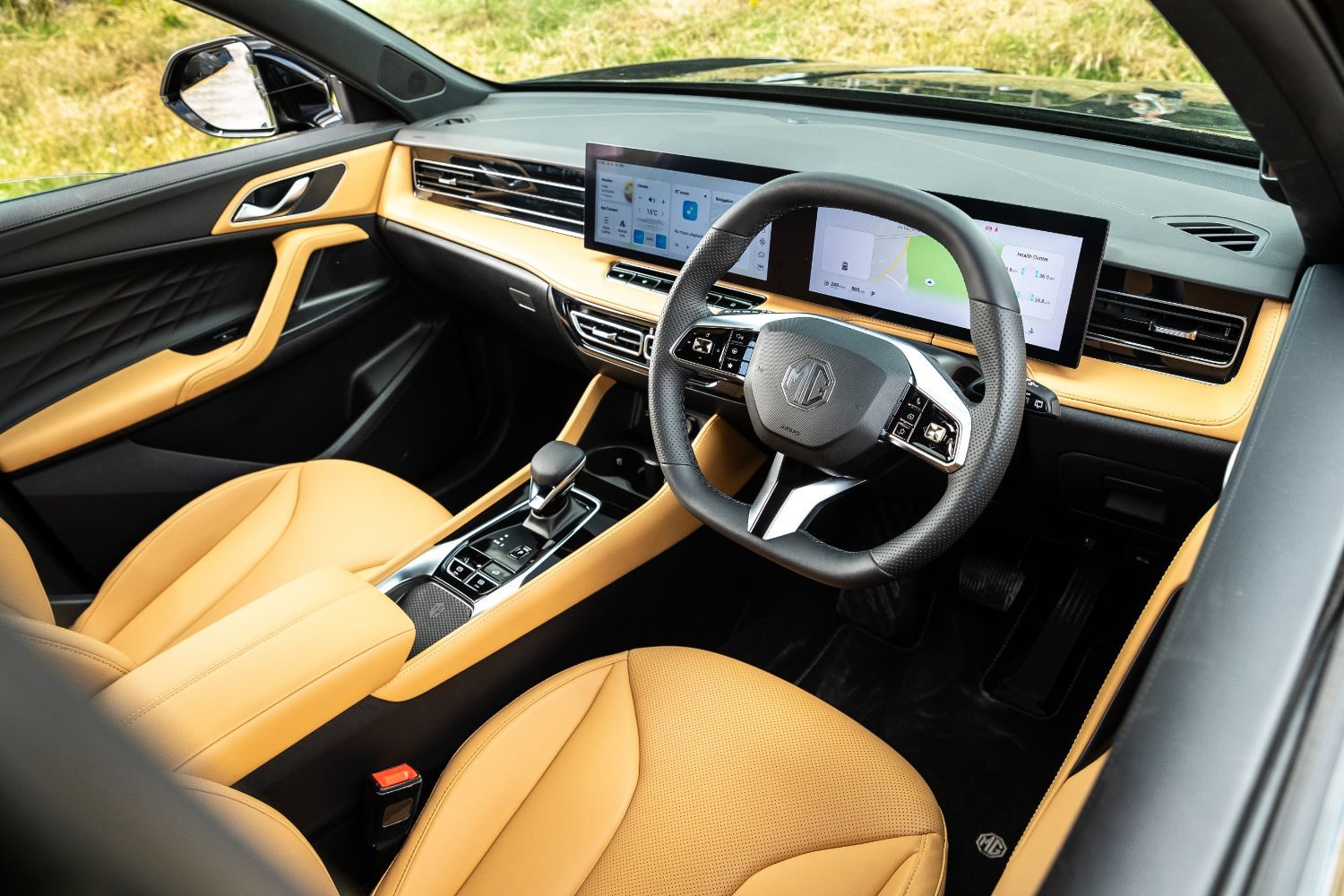
In terms of practicality, it’s also good news for the MG HS. The new car is 45mm longer than the previous one, all of which has gone into its wheelbase (the distance between the front axle and the rear). This is to the benefit of rear-seat space, as legroom for adults in the back of the SUV is very generous.
There are also wide-opening rear doors and two ISOFIX points there, so for parents bolting their kids into the car, MG has you covered with these helpful touches. Front cabin-area storage has been increased too, while the boot measures a sizeable 507 litres minimum and 1,484 litres with the rear seats folded down - bigger than any version of the predecessor and good numbers for this particular class of vehicle.
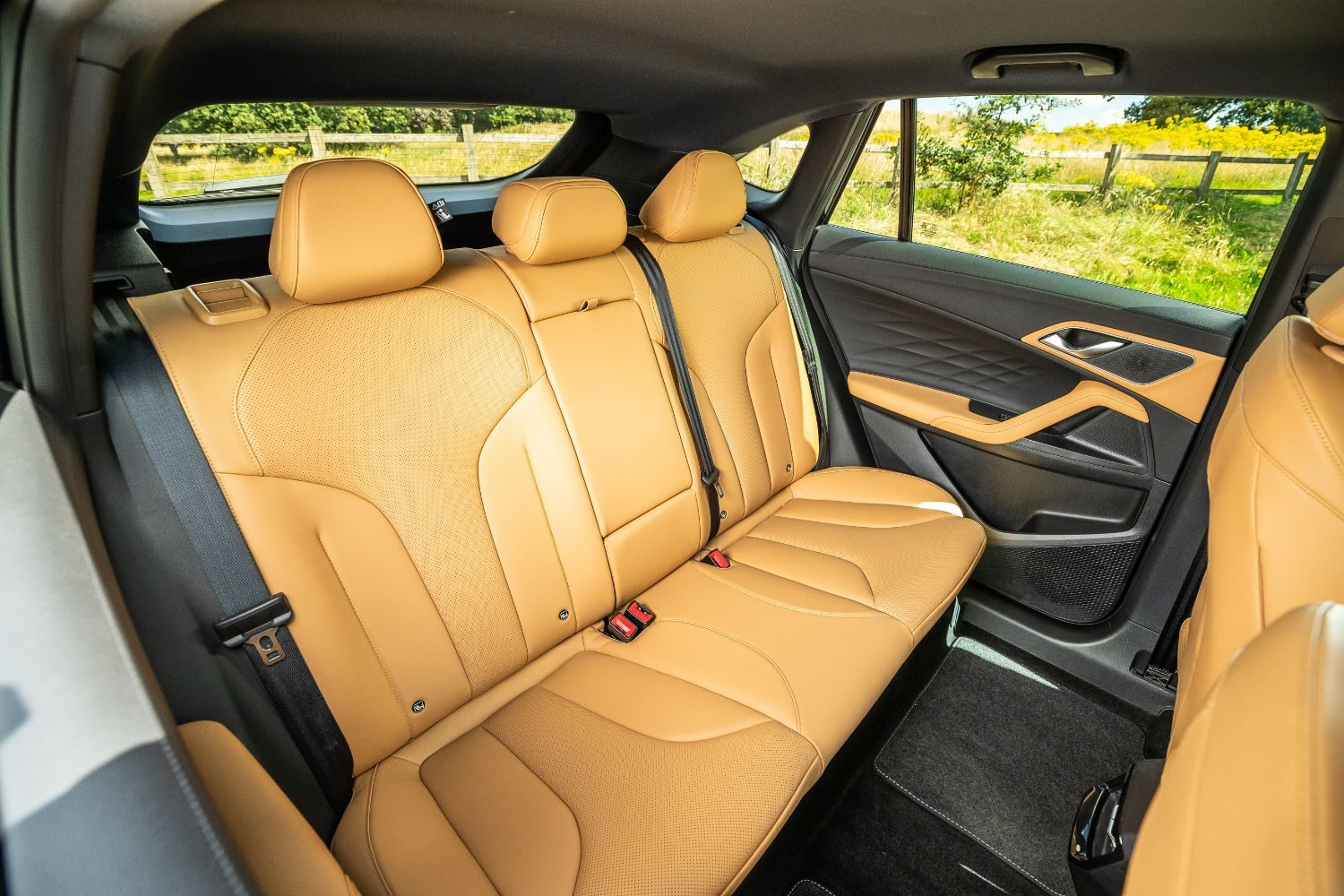
The MG HS’s on-board technology
To go with the ramped-up material quality, MG has paid attention to the tech. There are twin 12.3-inch high-definition displays, one for the infotainment and the second a virtual cluster for the driver. Both are configurable, look reasonably smart and operate well enough, yet all the climate controls (save for the master ‘on/off’ switch for the system) are on the central touchscreen, which is never the most intuitive-to-use solution.
Some versions of the HS will gain a wireless smartphone charging pad and a 360-degree camera system with what is known as ‘transparent chassis’, showing a virtual view under the car using the camera system to help prevent damage to the vehicle’s underside, but there’s also a lot of advanced driver assist technology fitted. This will undoubtedly irk some people, because it’s remarkably over-zealous.
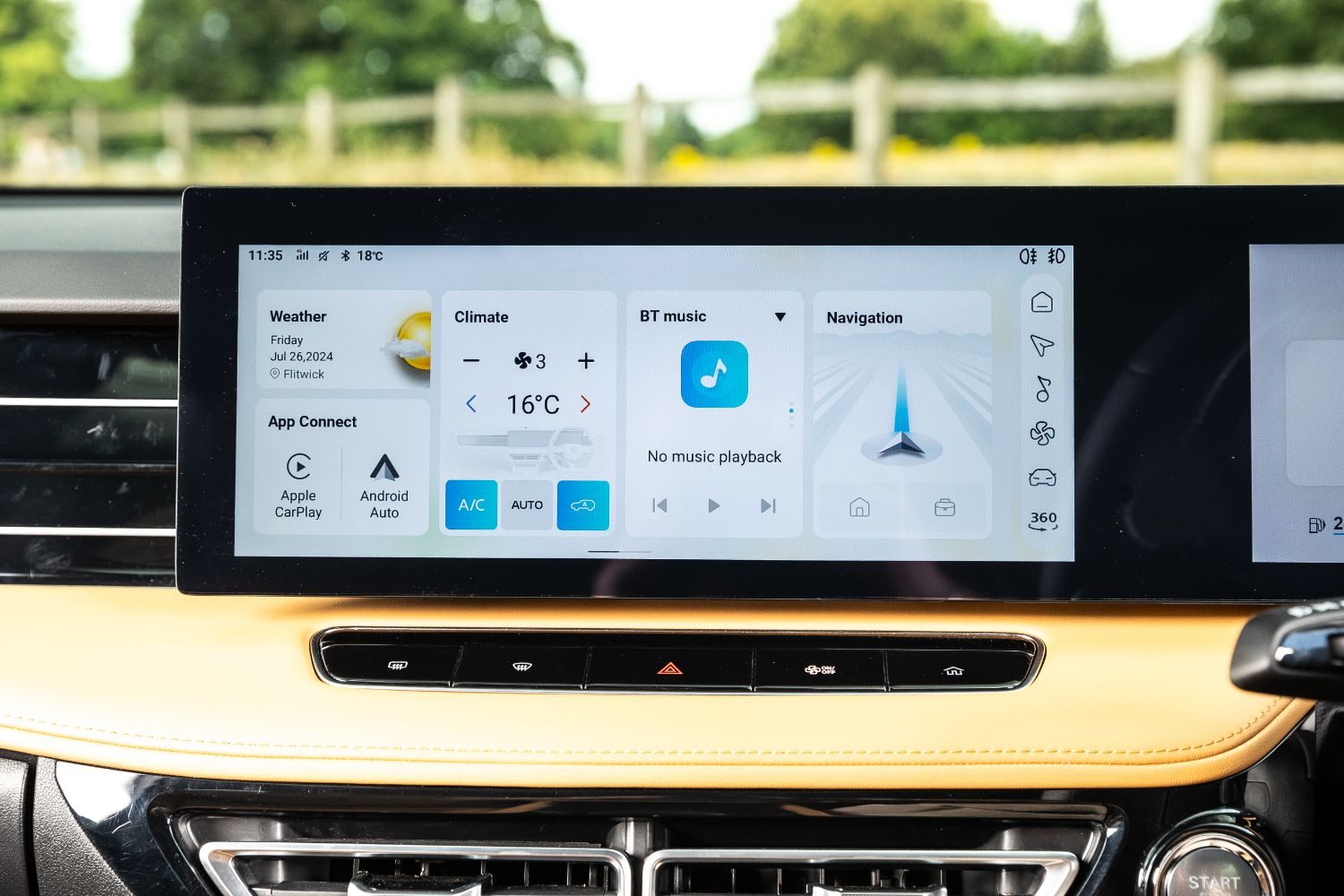
There is at least a simple screen for MG Pilot on the central screen, where you can switch off things such as lane keep assist, the speed-limit exceeded warning, and even the driver fatigue and attention monitors if you feel the need.
Driving the MG HS
In some markets, as before, the HS will be offered with a 1.5-litre turbocharged petrol engine and also a 1.5-based plug-in hybrid (PHEV) drivetrain, with some interesting news being that a new, regular hybrid will be released to slot in between them in Q1 of 2025.
The purely petrol option, though, while being the same 1.5 litres and 170hp as before, is said to be an all-new generation engine with greater refinement. It can be specified with either a six-speed manual or a seven-speed, (DCT) automatic gearbox, with little between them for either accelerative performance or their fuel economy and emissions. We tested the DCT and found it a smooth-enough operator in the main, although it can be a tad hesitant and jerky when having to make changes under heavier throttle openings. It’s unlikely this engine will be offered to Irish buyers.
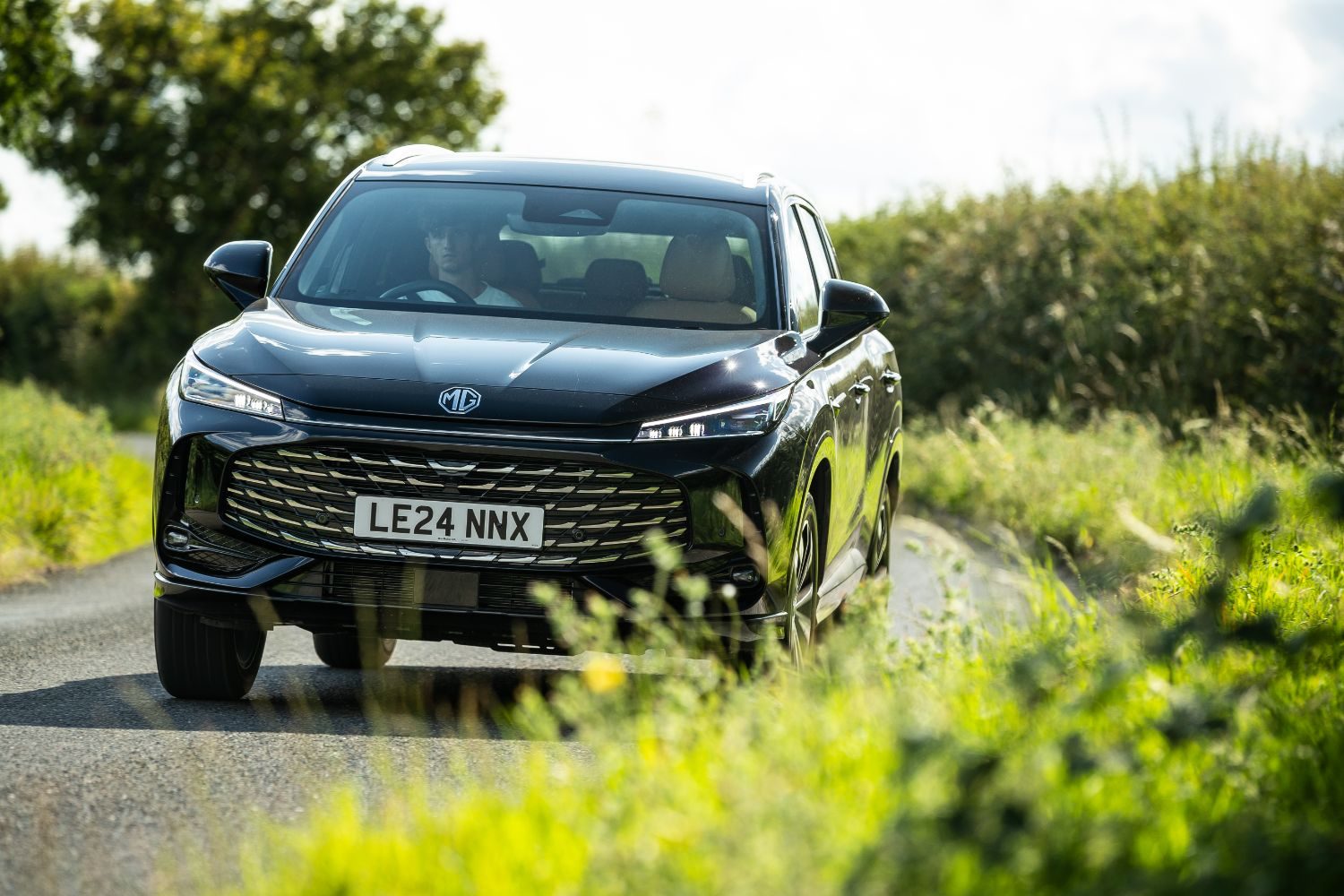
The PHEV is of more interest here, and it’s had a significant update. It uses a detuned version of the same 1.5-litre engine as the petrol model but accompanies that with a chunky 154kW electric motor, plus a 24.7kWh battery pack. The peak power is 273hp, which is enough to give the near-1.9-tonne PHEV a 0-100km/h time that’s quite a lot quicker than any other model in the range, at 6.8 seconds.
It's also an impressive thing to drive. The chassis is coping with at least 250kg more weight than any petrol variant but, this time around, MG has given the PHEV its own specific suspension tune, which helps no end with the vehicle’s control in the corners. It’s a far more composed and assured machine than the old HS PHEV, if far from interesting behind the wheel. No matter, though, as no HS is exciting to drive, and the PHEV’s strengths are that it is more refined and more comfortable than before with more performance if you need it.
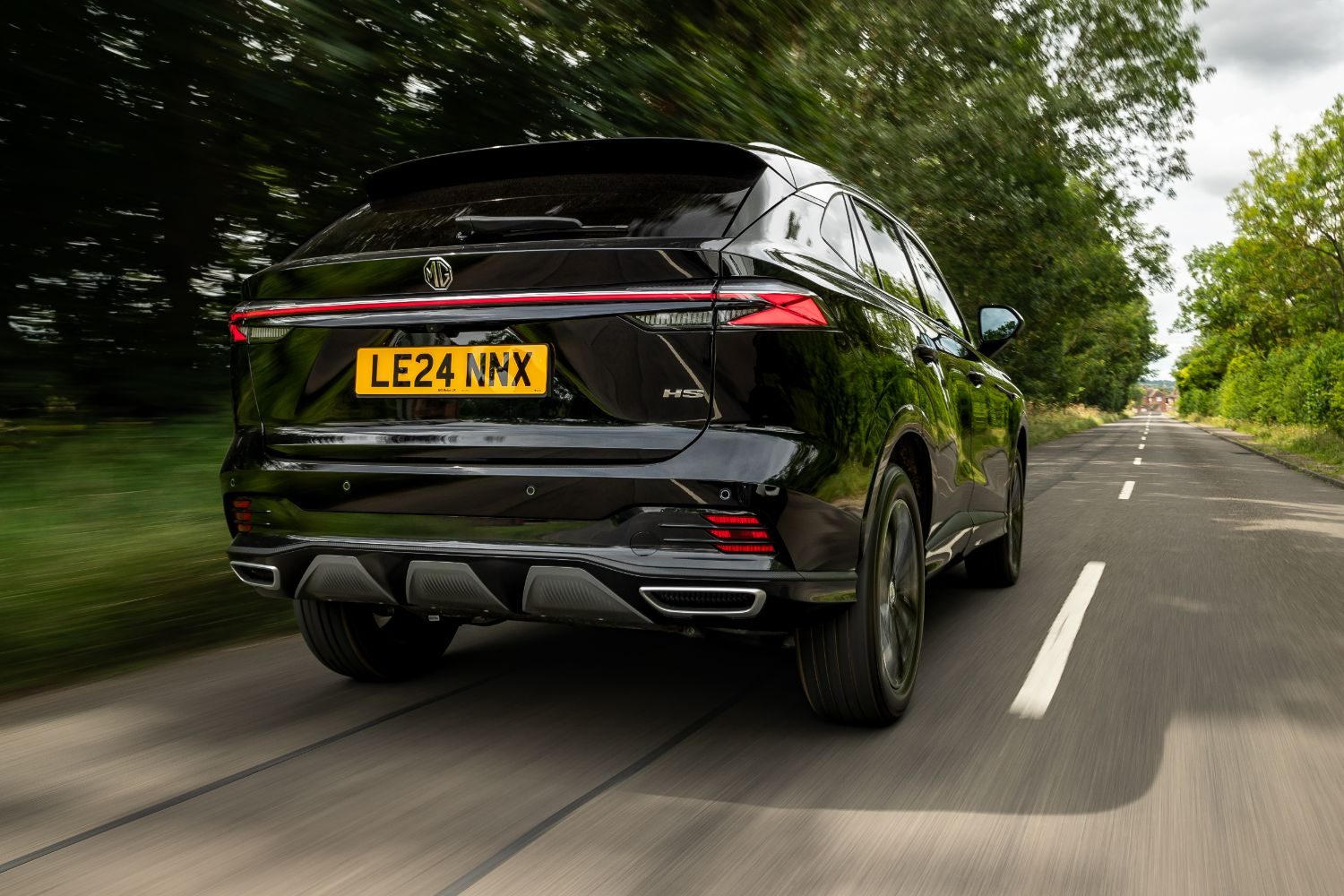
There’s no doubting the potency of its drivetrain, which makes the HS feel properly rapid when you hook it all up together, but it also rides with aplomb, the mass of the drivetrain keeping the MG better tied down over bumps. It’s not perfect, as there’s still a notable degree of tyre roar at speed and there are occasions where imperfections in the road shudder through the car’s frame, but in general it is comfortable and quiet, and suitably swift.
How economical is the MG HS?
MG quotes an astounding 0.42 litres/100km (672.6mpg) and 12g/km CO2 for the PHEV, which is the main reason it will be sold here while the 168-173g/km 1.5T petrol probably won’t. The big news, though, is not the unbelievable economy figure but the fact the HS PHEV’s larger battery gives it a vastly improved electric-driving range of over 120km.
Having driven the PHEV for a brief period, it’s clear it wants to spend as much time in fully electric mode as it can, as trying to coerce the plug-in’s engine to life takes a lot of effort with the accelerator pedal. Its official range also looks semi-believable, going by our experience, as it did most of a test route on electric power and was still claiming it had another 100km in reserve. There’s no DC charging for the battery, though, with a 7kW AC connection replenishing the power pack in around four hours.
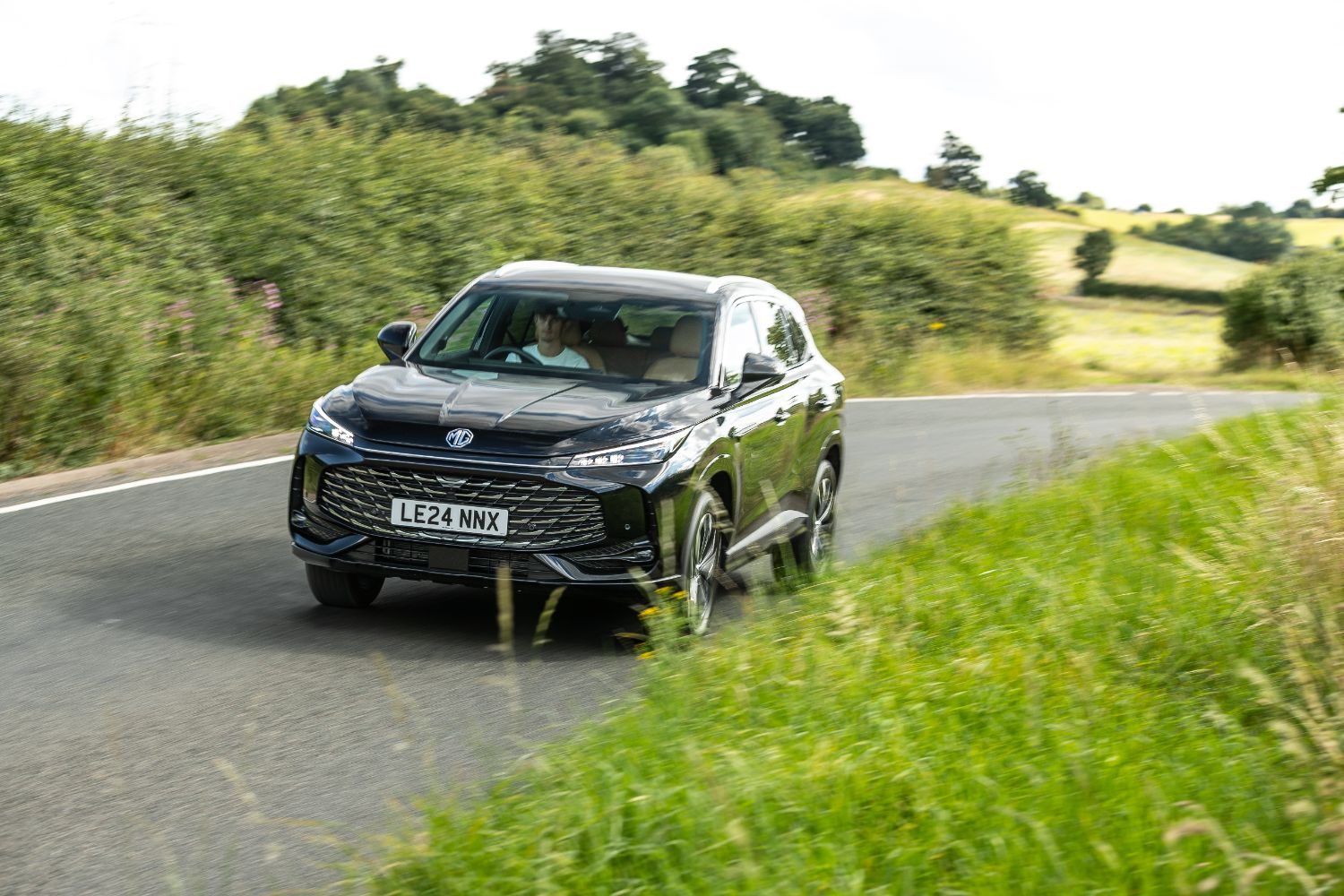
How much is the MG HS in Ireland?
Irish prices haven’t been confirmed yet, but the same Excite and Exclusive specifications as seen on other MGs should be carried over here, with a plentiful level of equipment on the Excite only bolstered with all the available toys and luxuries on the Exclusive. MG showed us that in other markets, the HS significantly undercuts similar rivals on a rough spec-for-spec basis, so we’re hopeful that will hold true once Irish figures are confirmed.
The reasons you’d buy a MG HS
You’d still buy the new MG HS for the same reasons you would the old one, in that it was considerably cheaper yet just as well-equipped as most of its main rivals, even if it wasn’t quite as likeable to live with and drive. The new one, though, has nicer looks, a much better interior and improved rolling refinement, while the PHEV now has far greater real-world electric range as well. Nevertheless, the MG HS isn’t just cheap and cheerful; it’s now considerably more talented too, so it’s an even more compelling proposition than it was previously.
Ask us anything about the MG HS
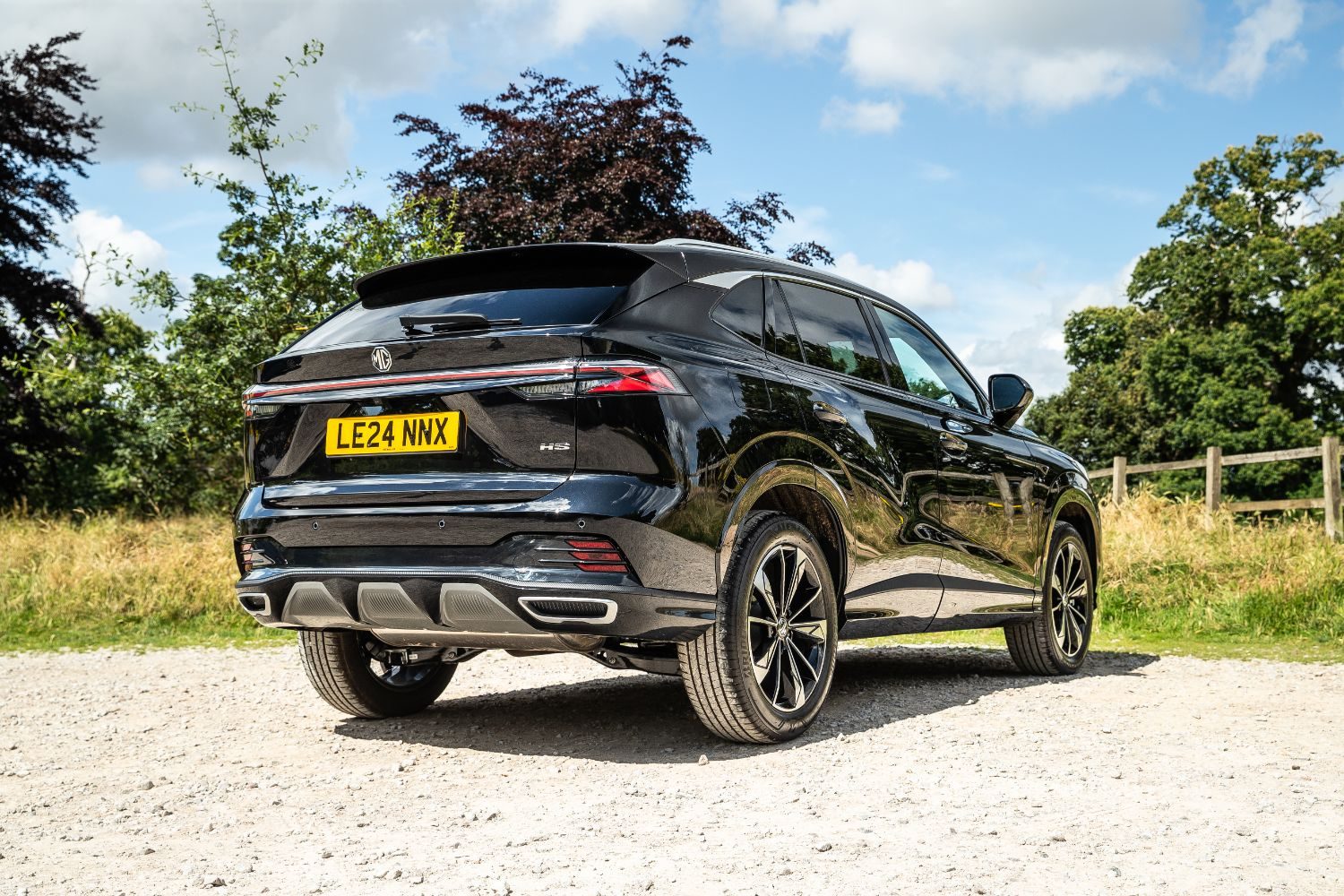
If there’s anything about the MG HS we’ve not covered, or you’d like advice in choosing between it and other cars, you can avail of our (completely free) expert advice service via the Ask Us Anything page.

